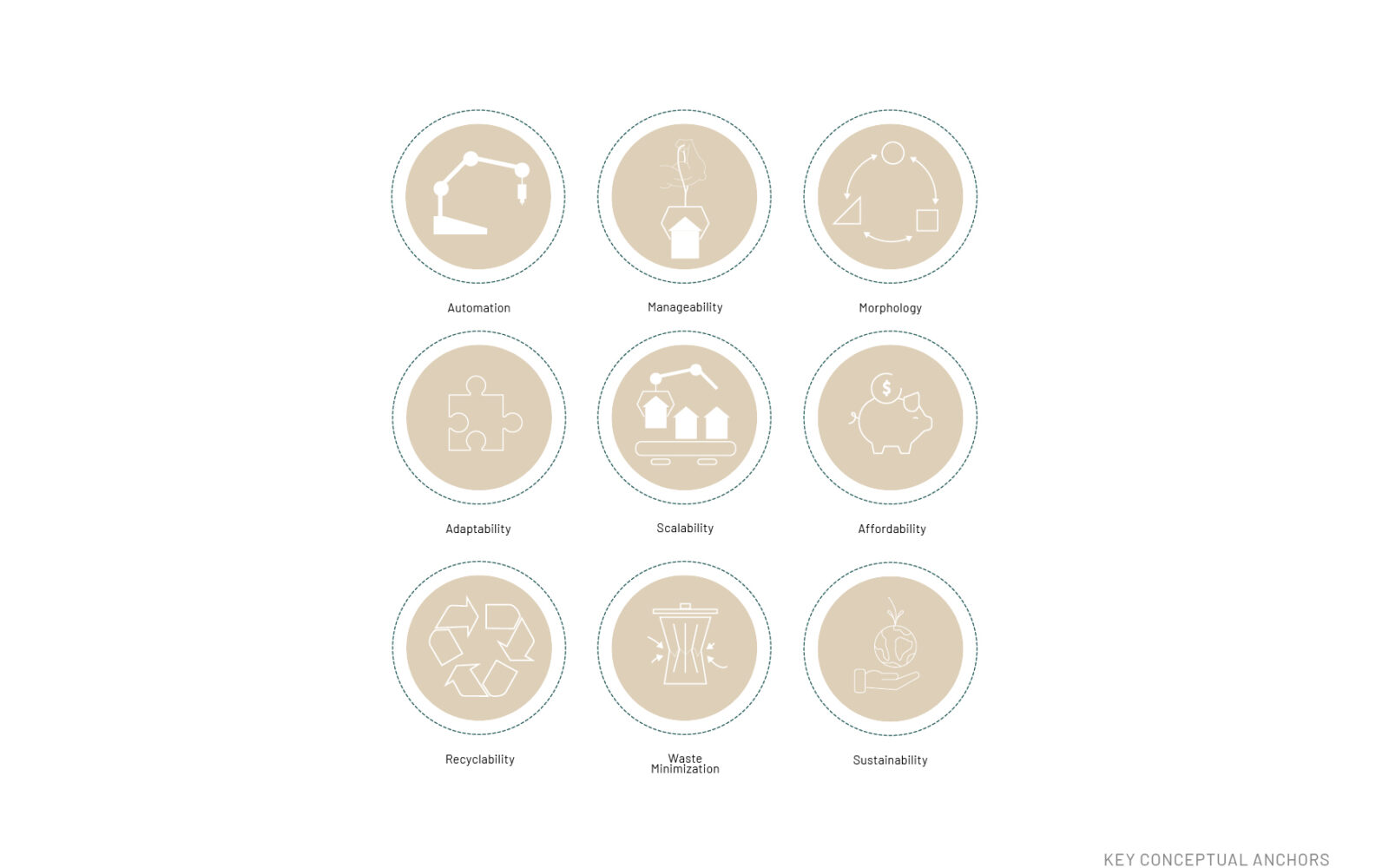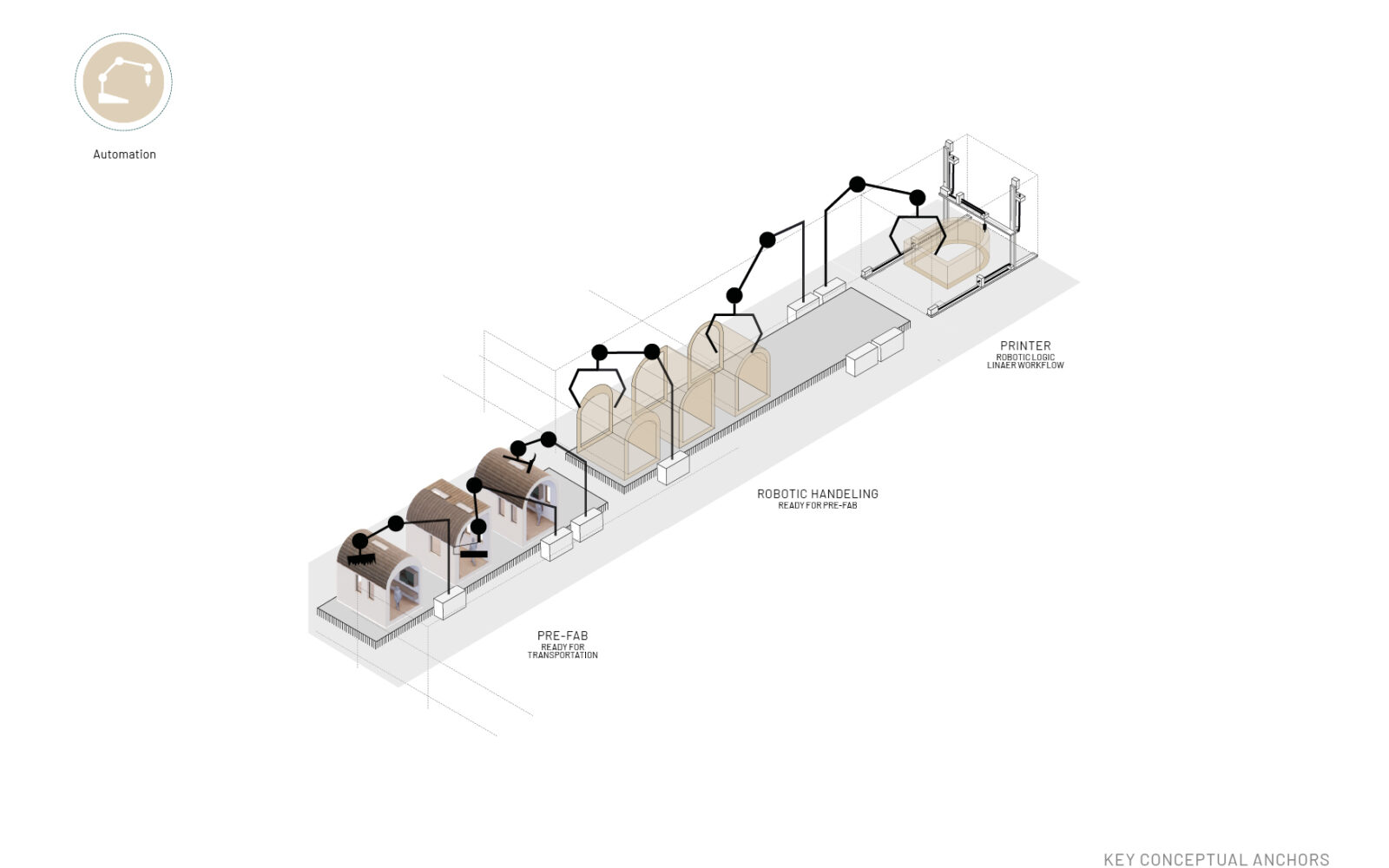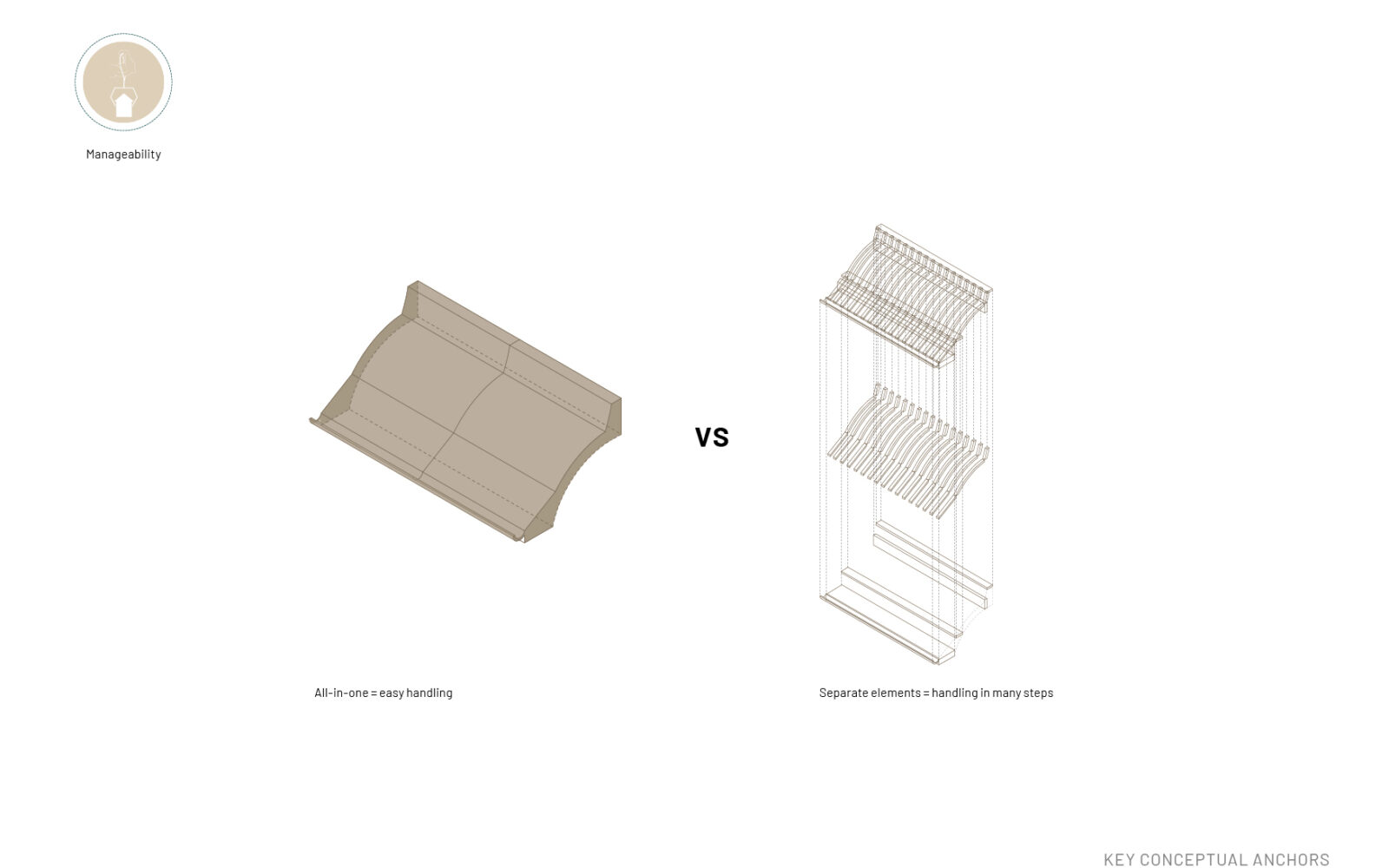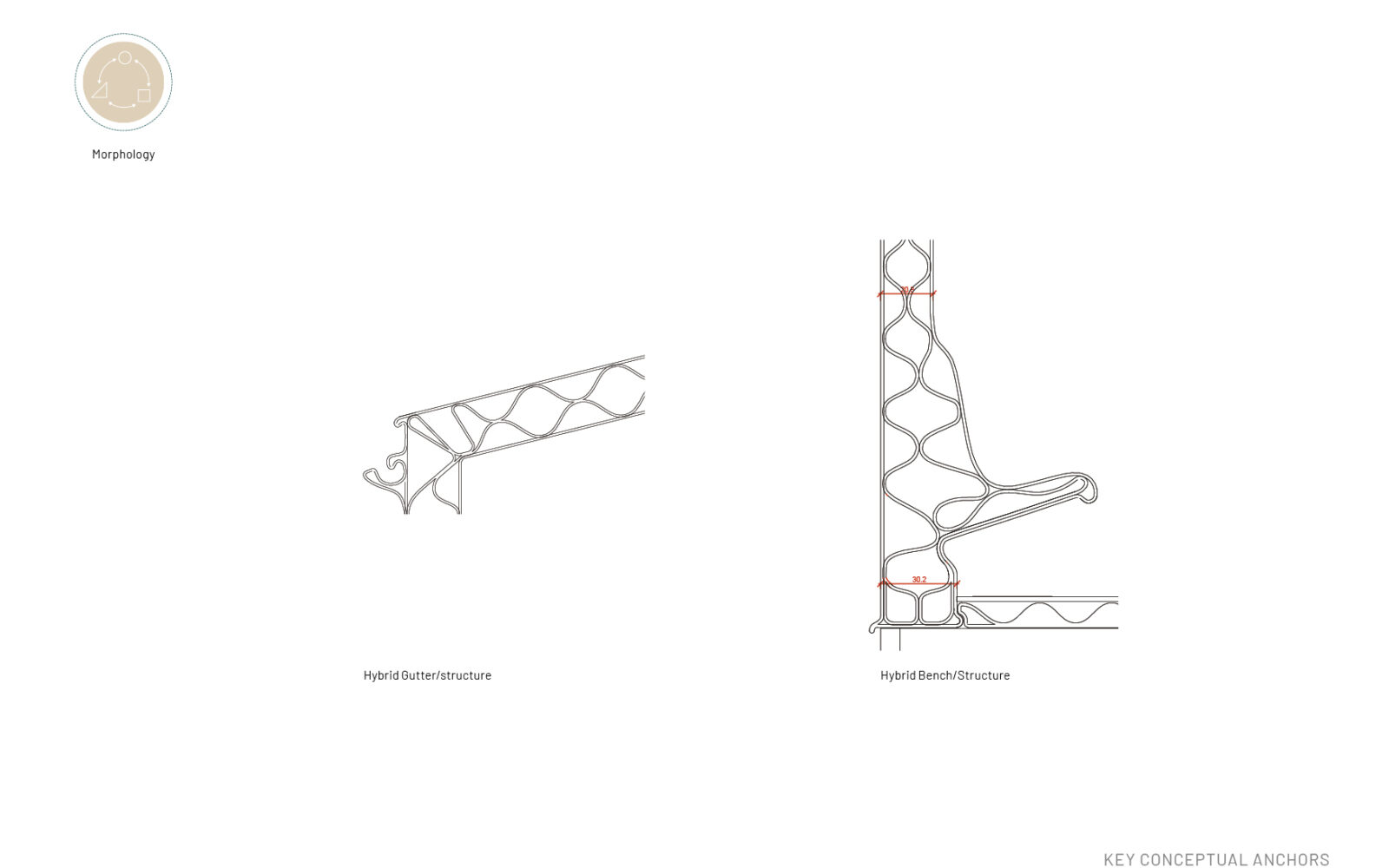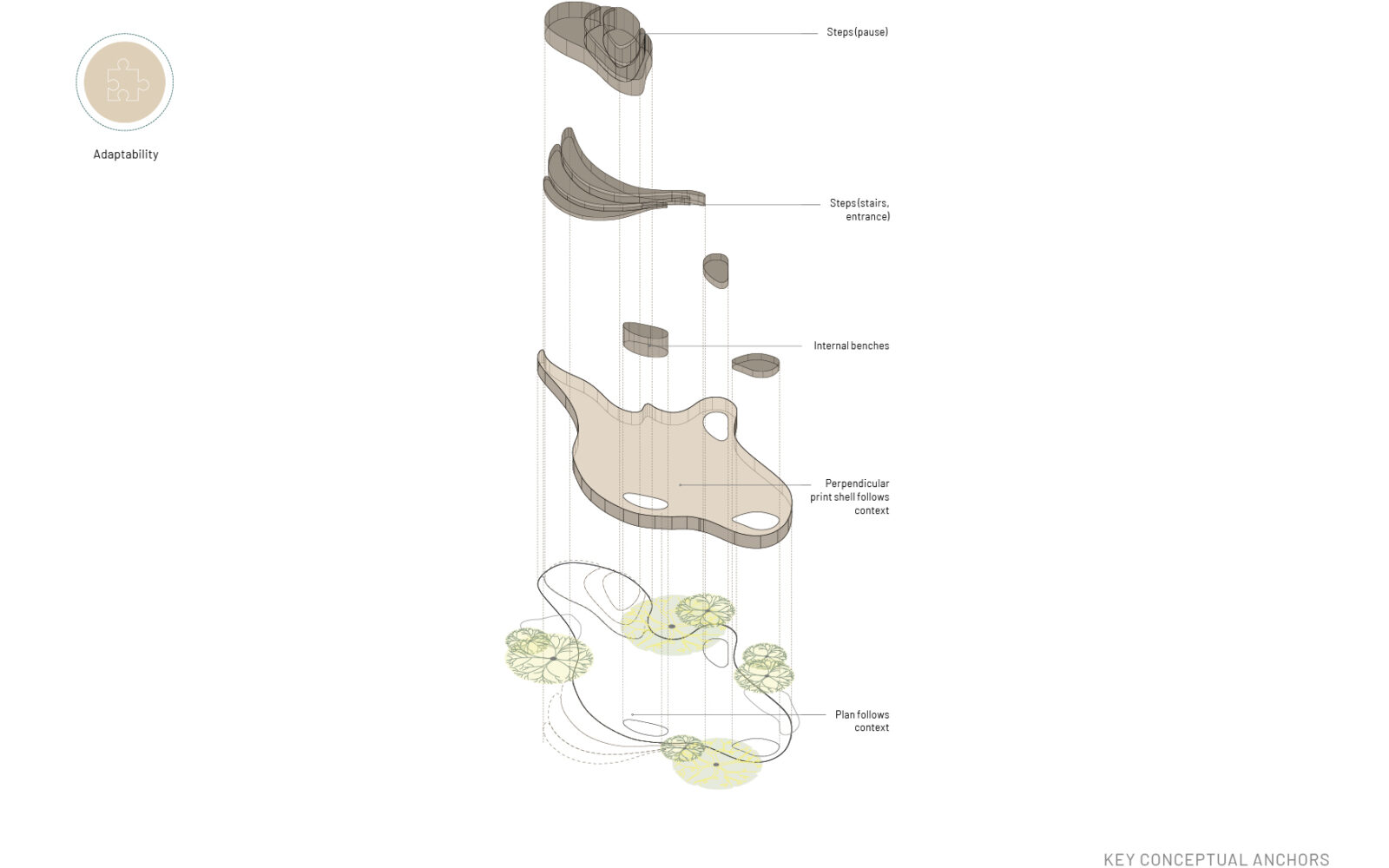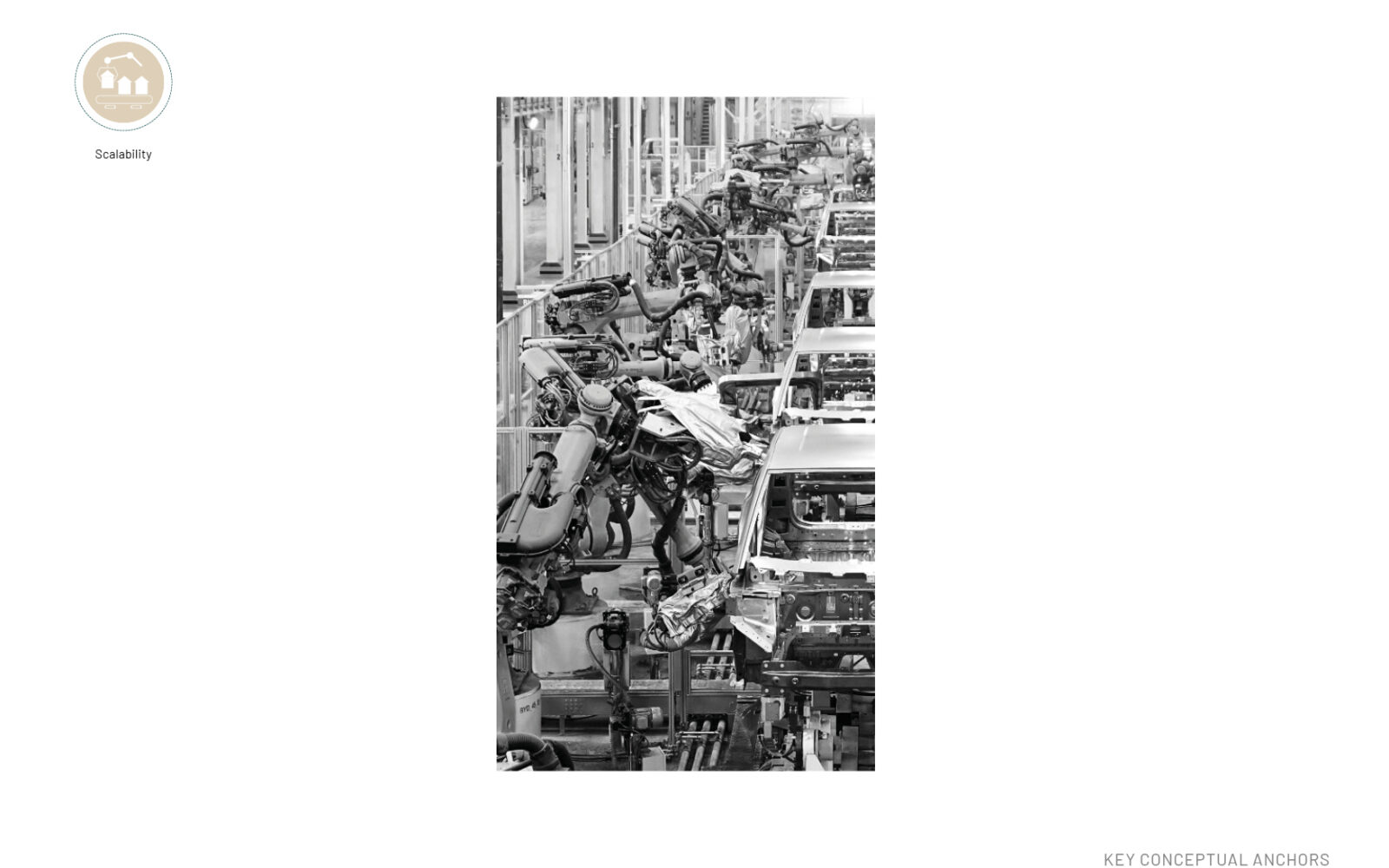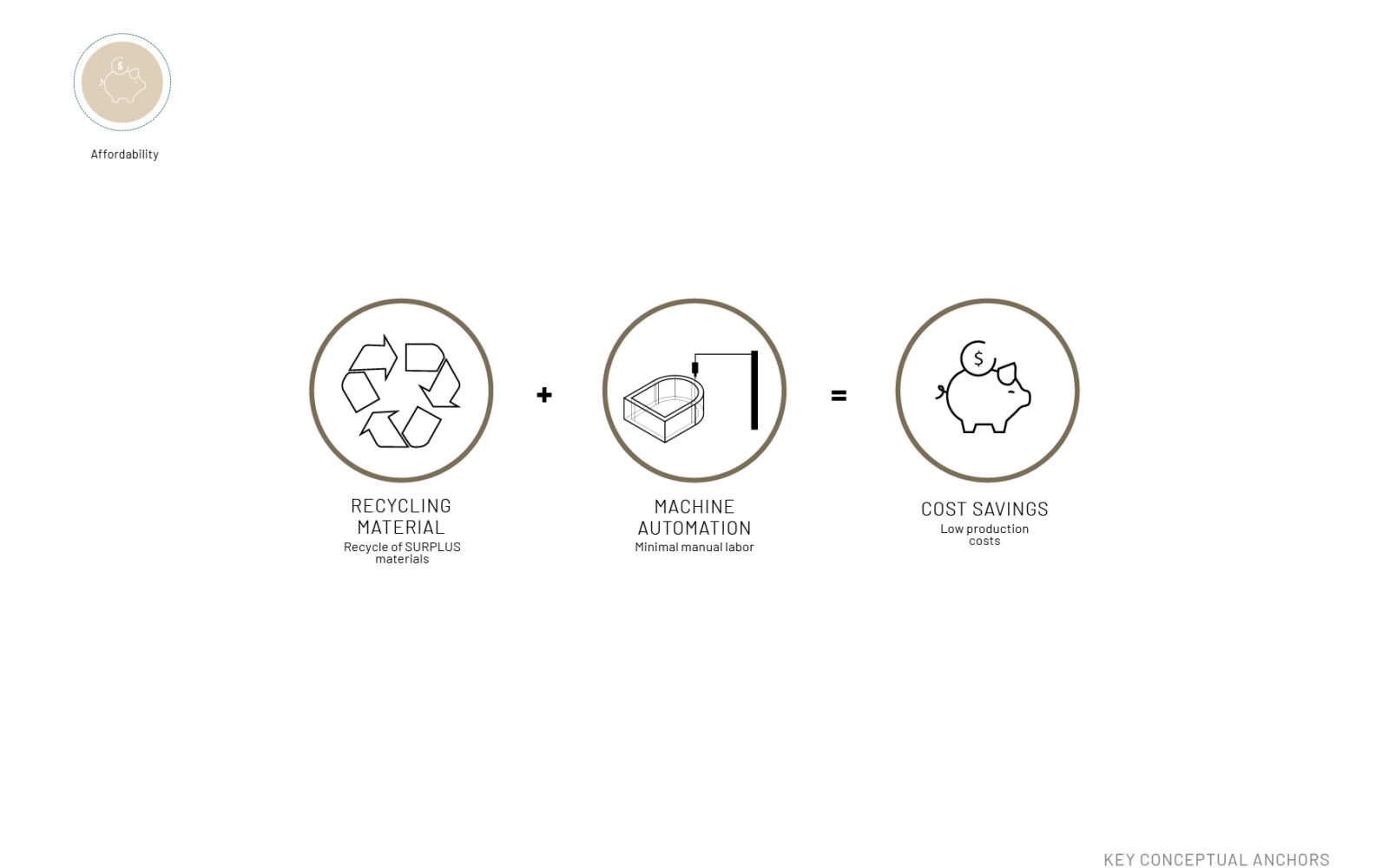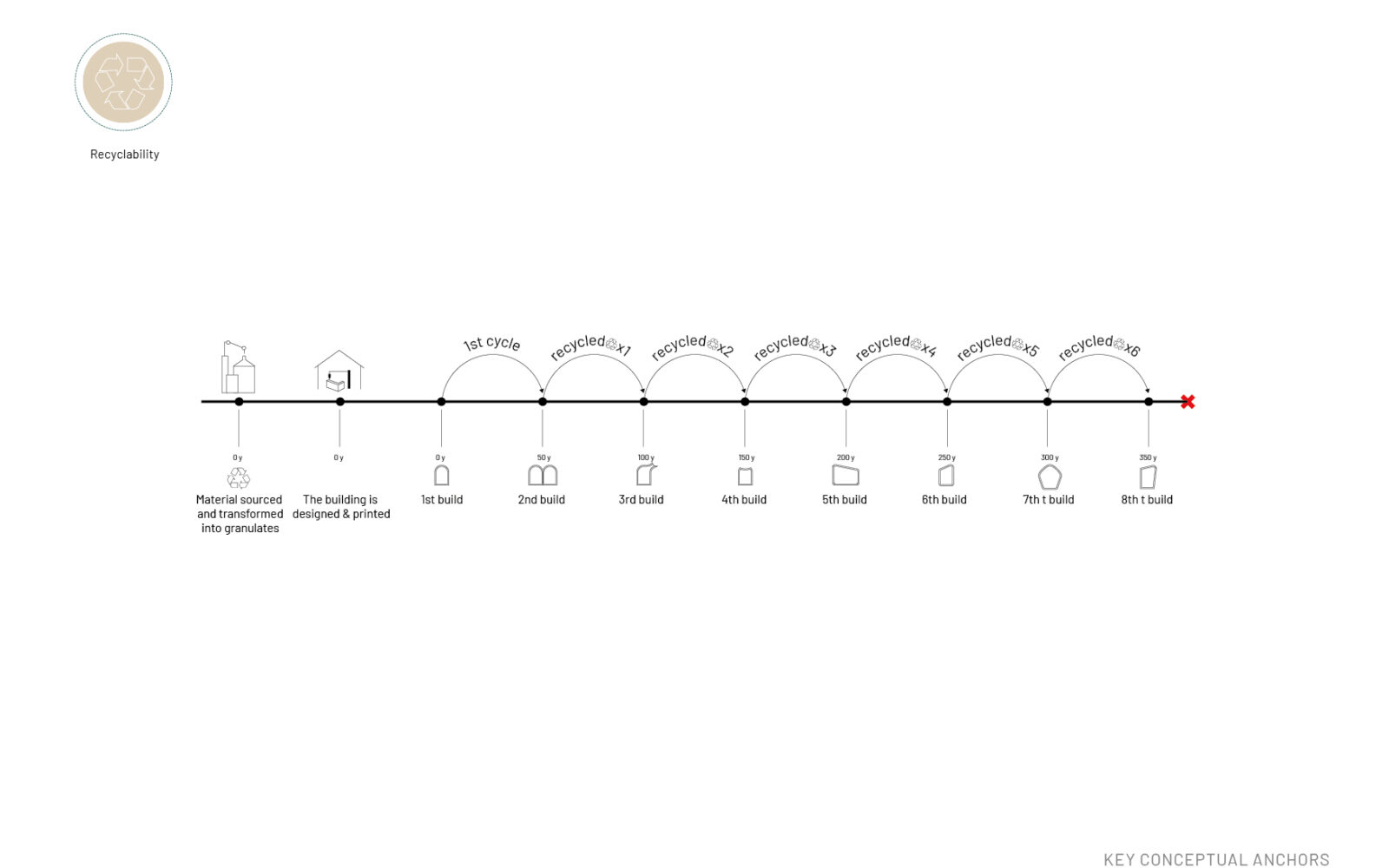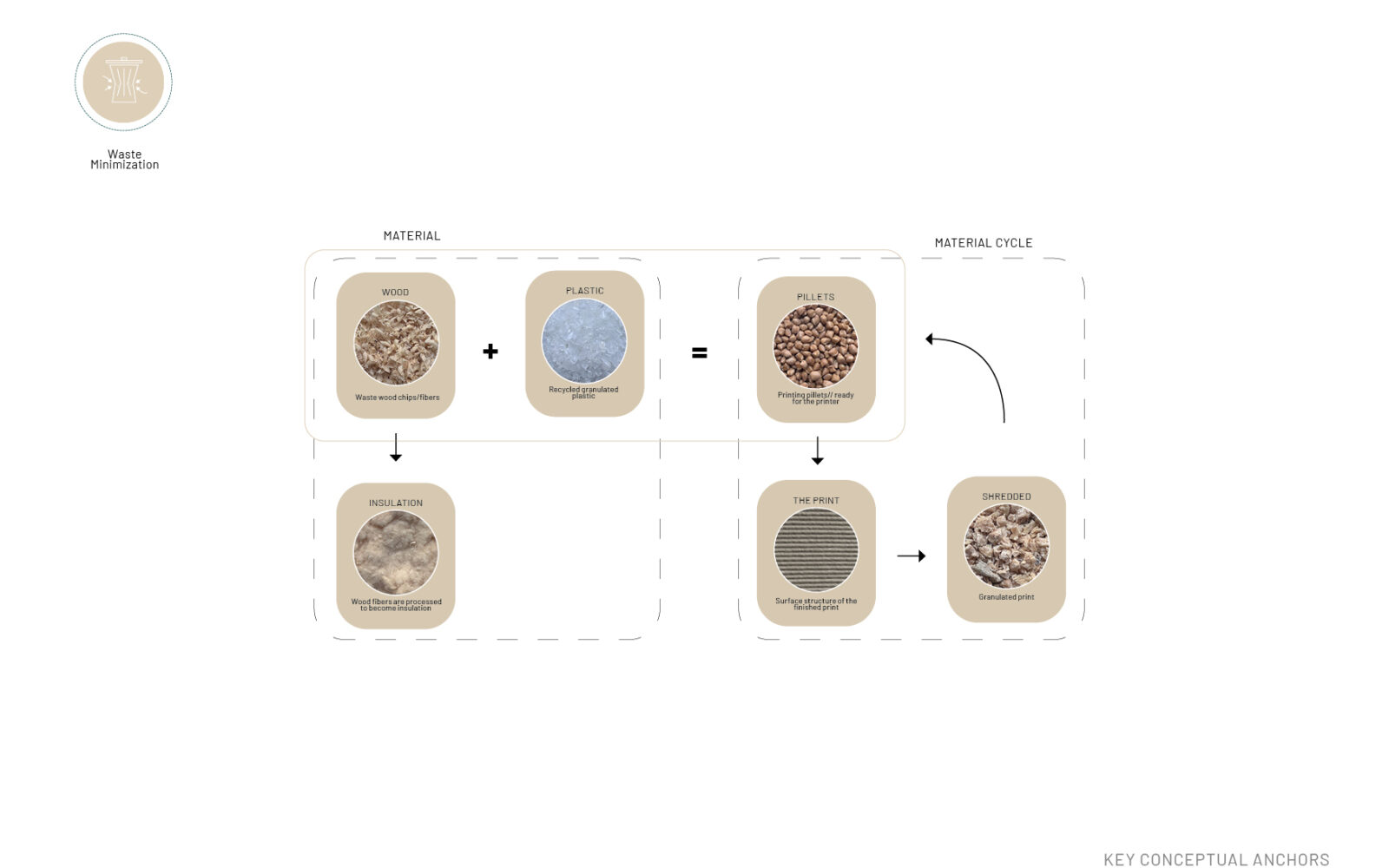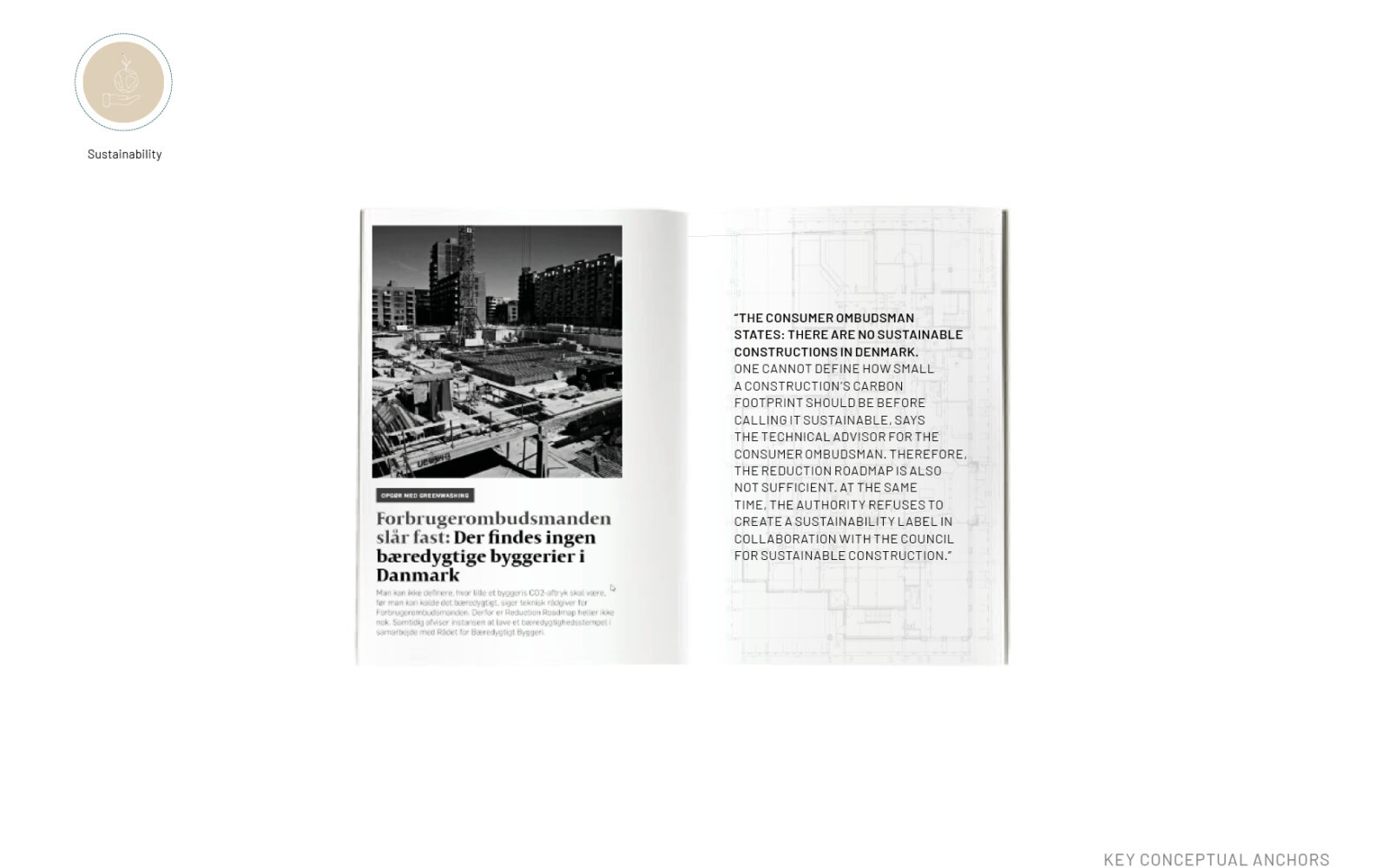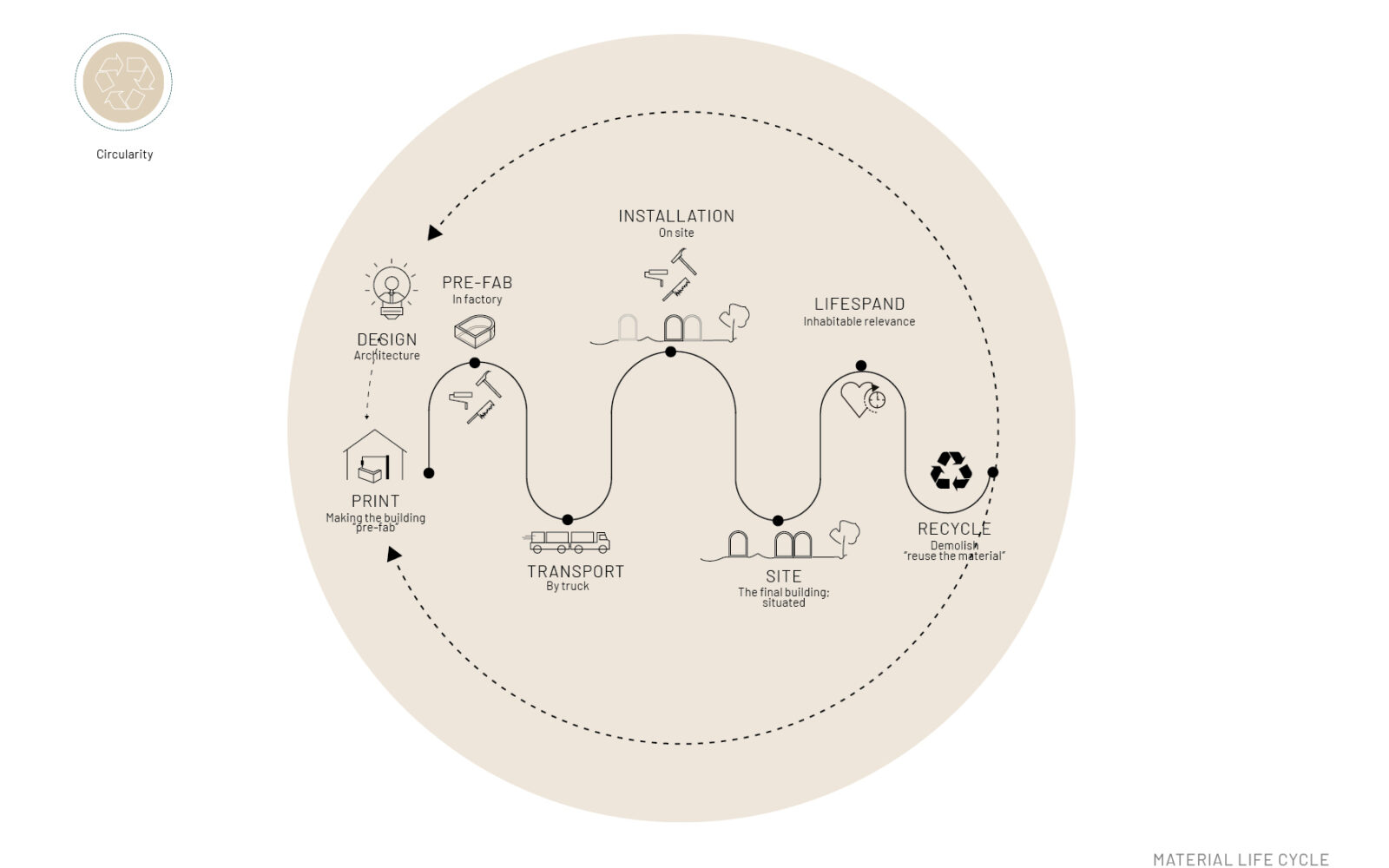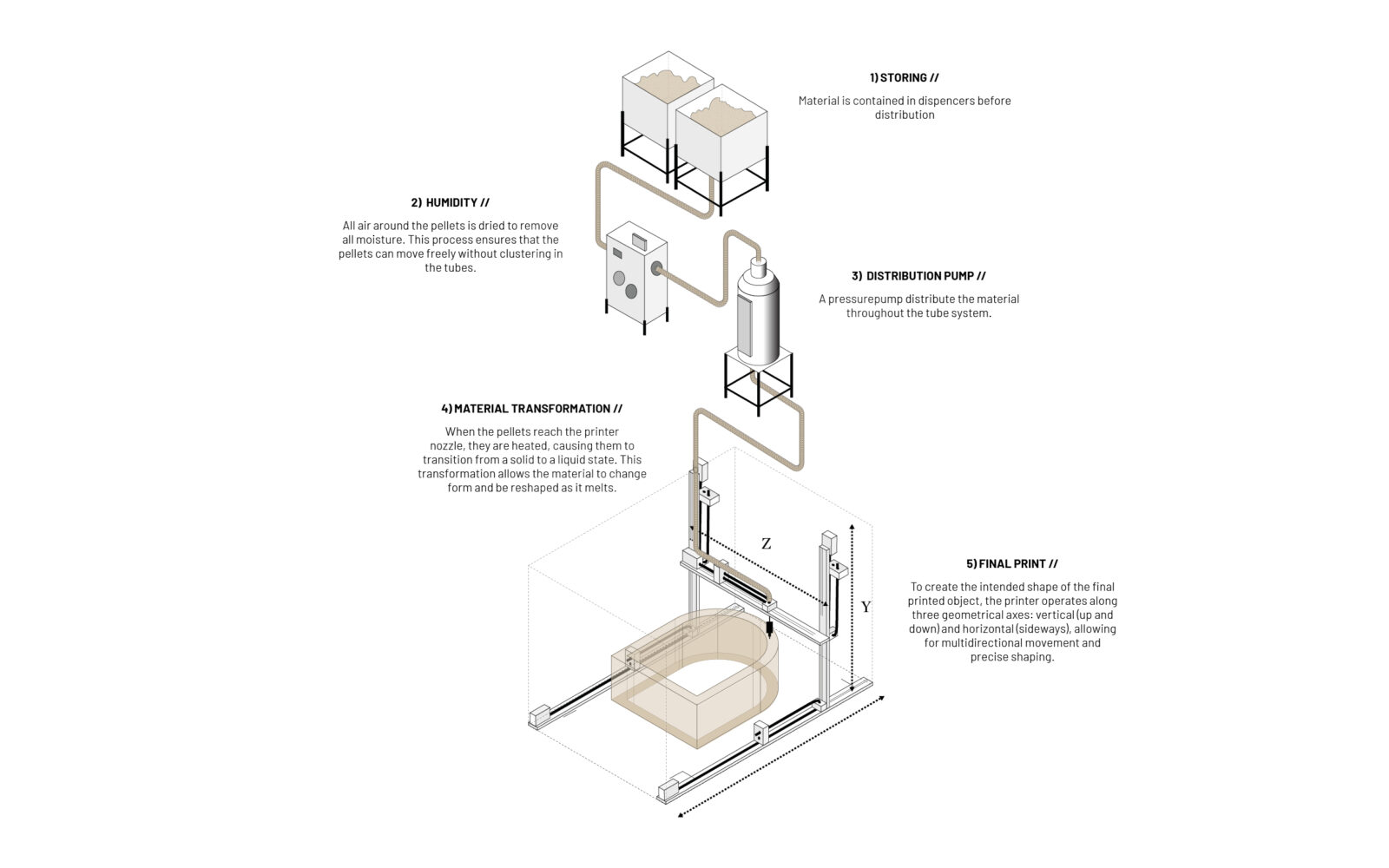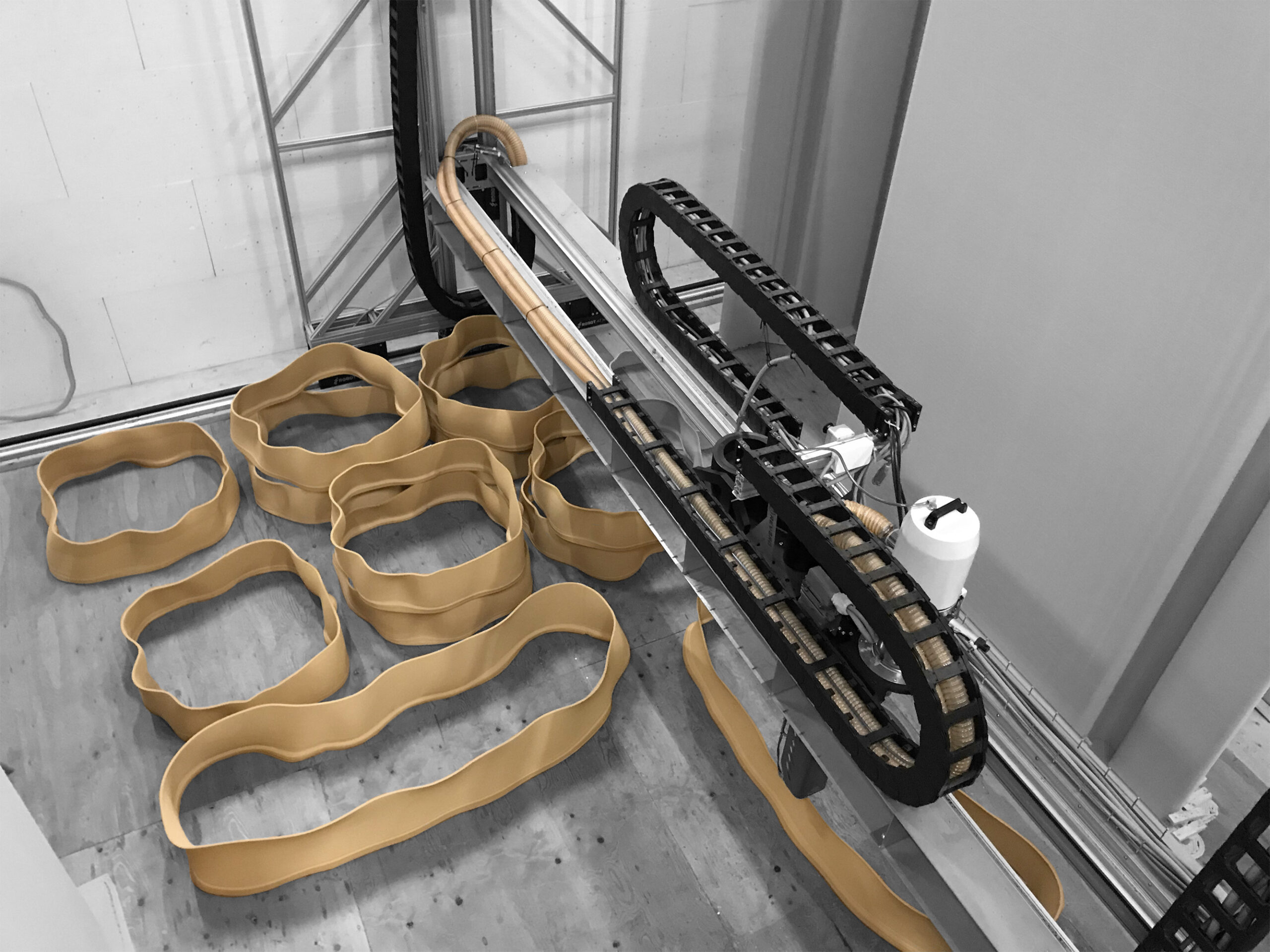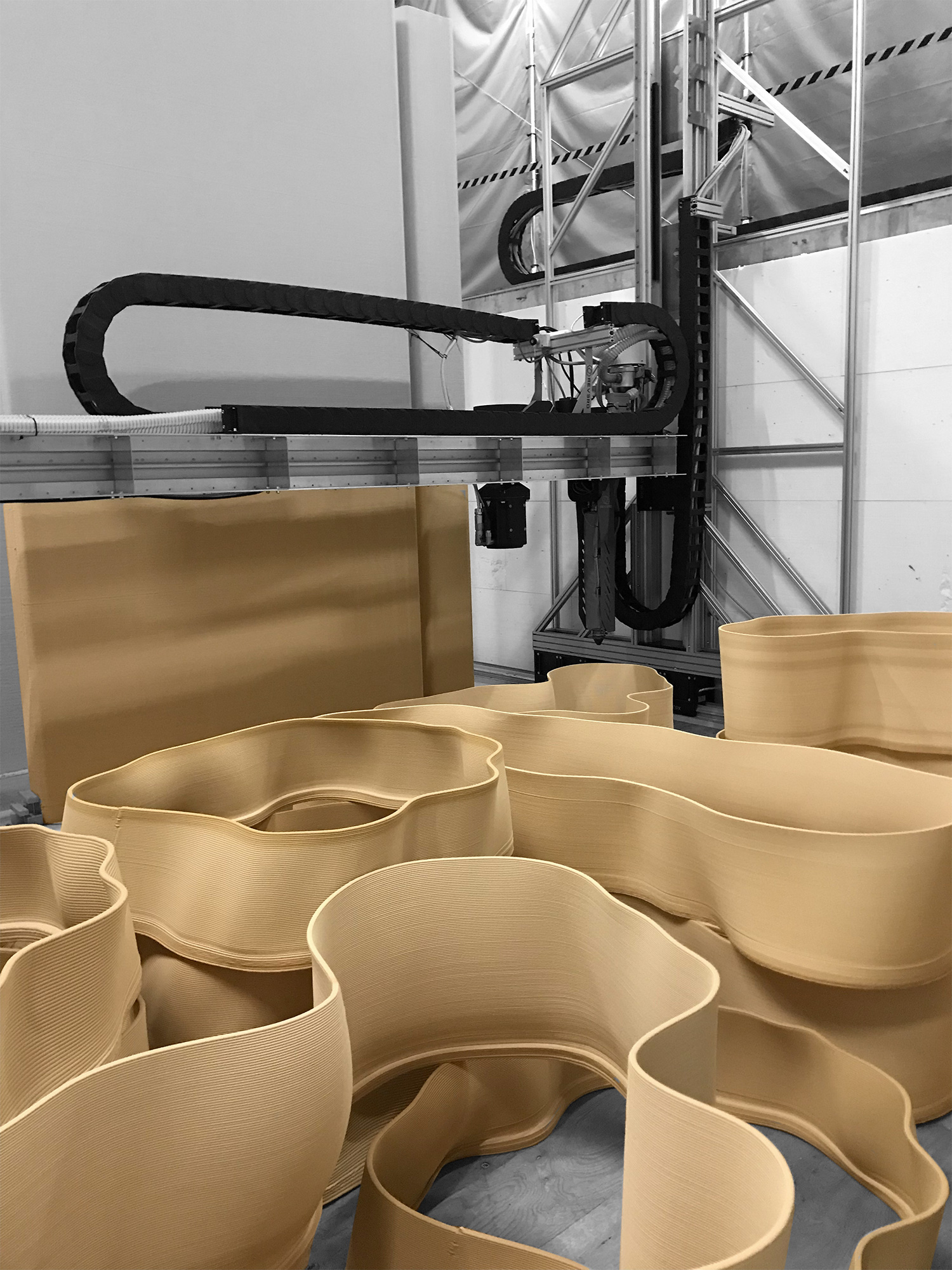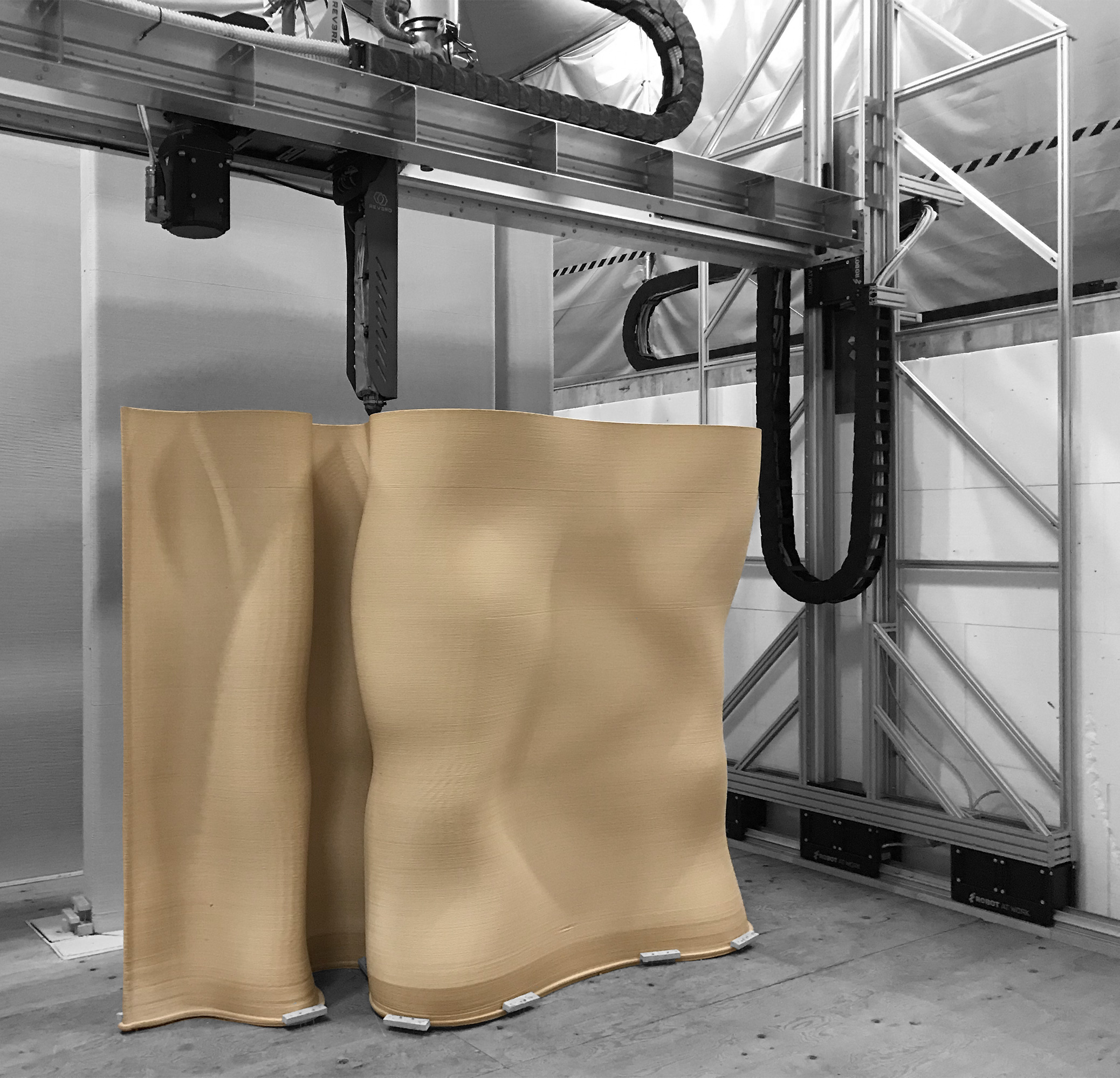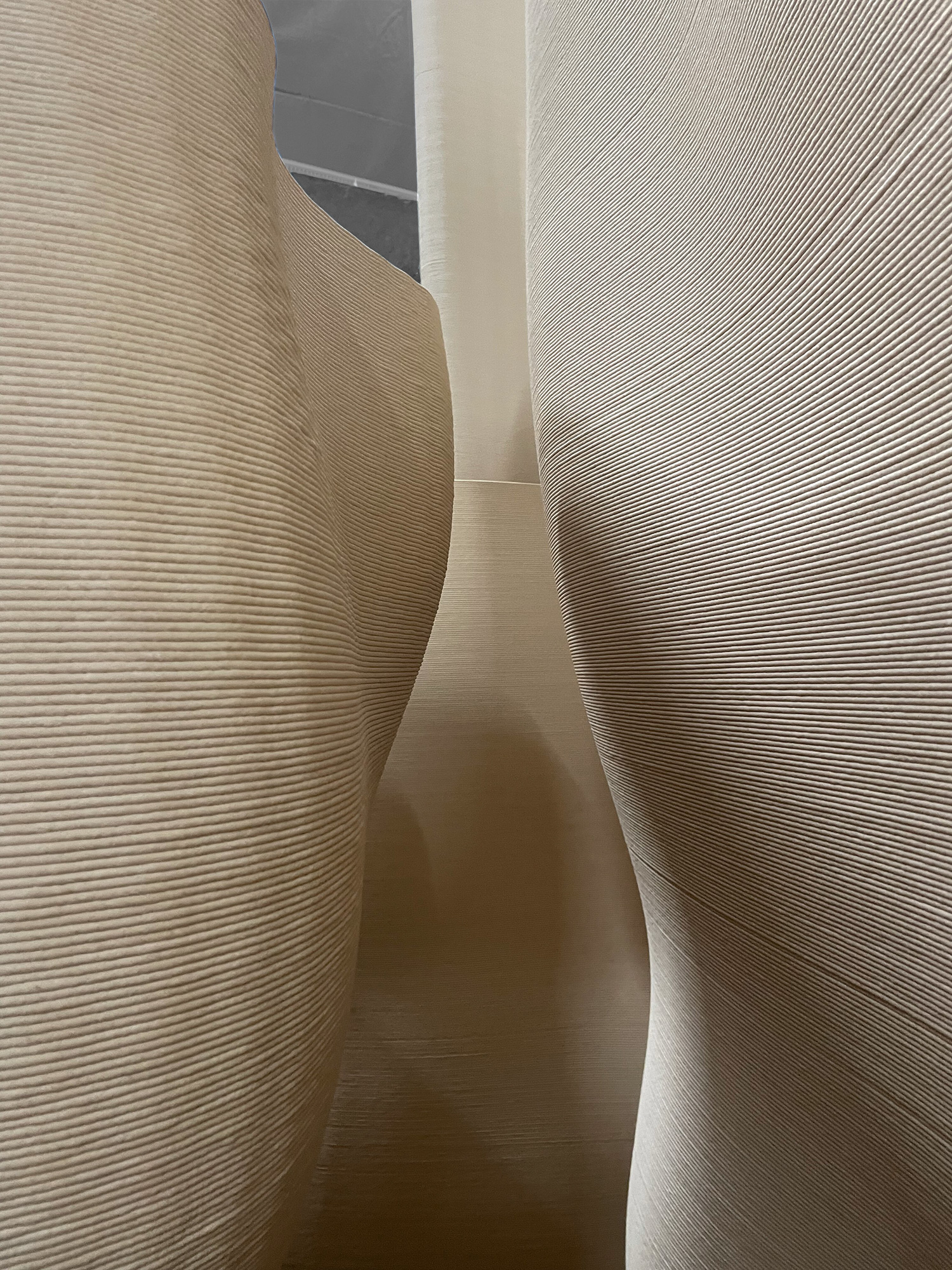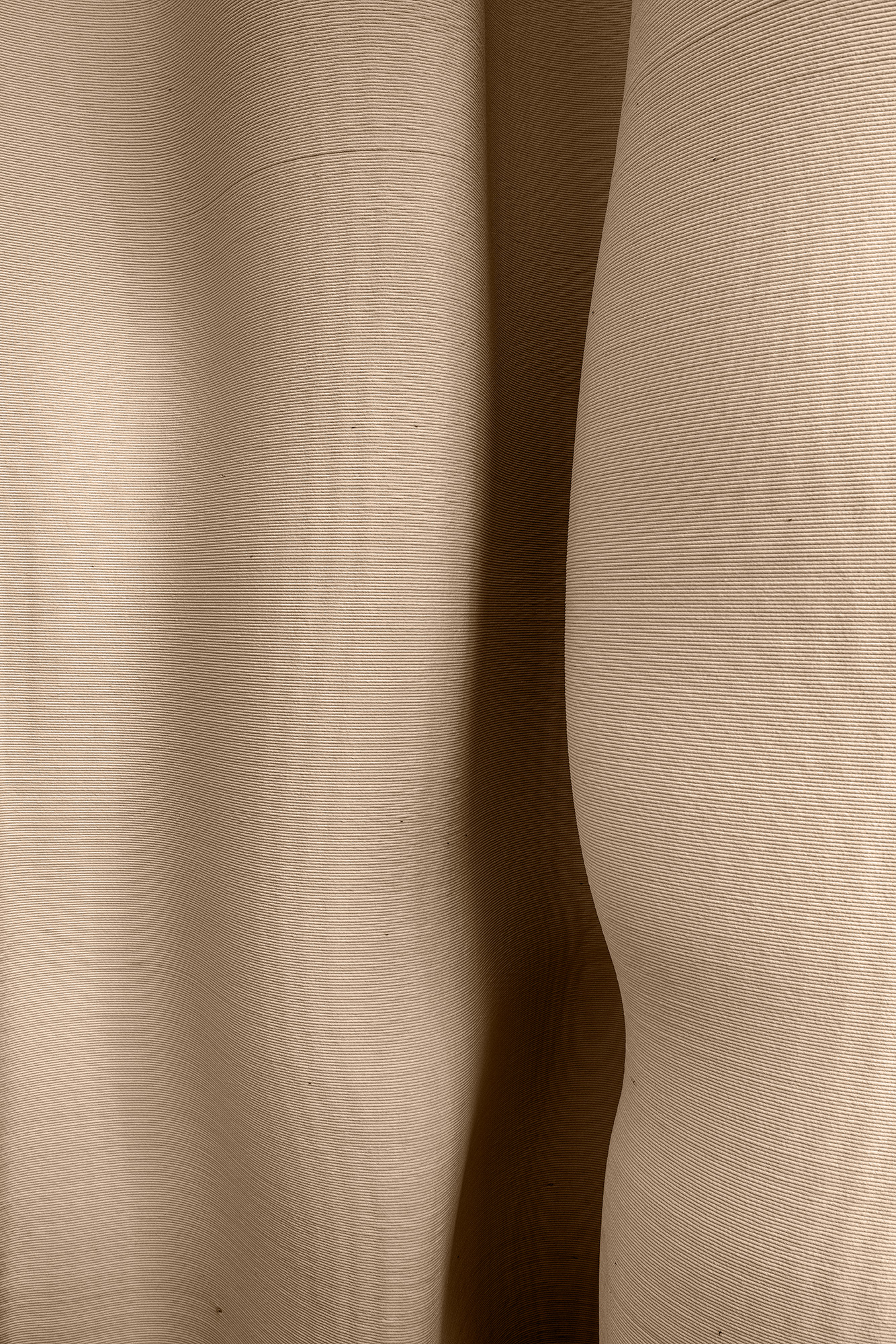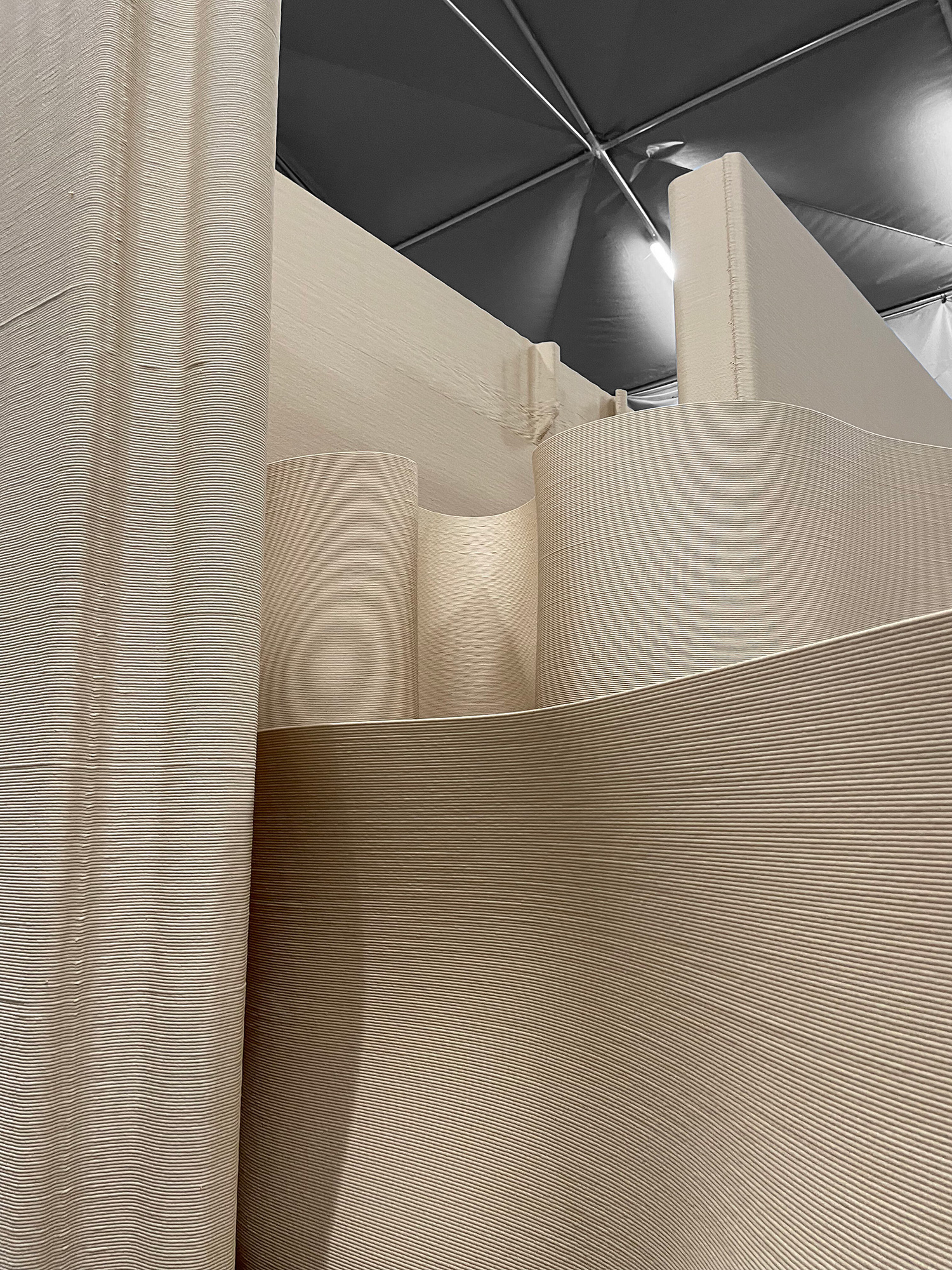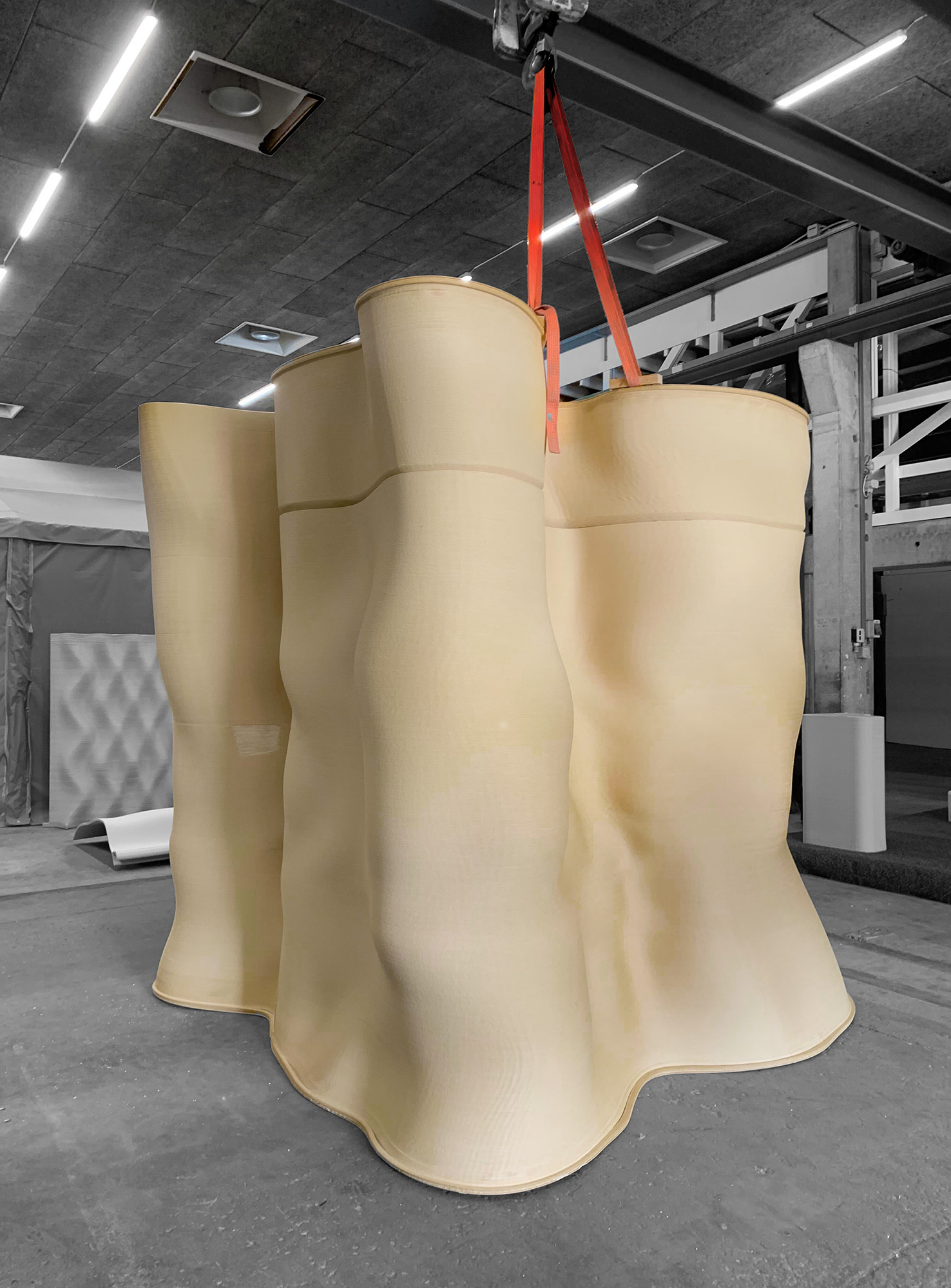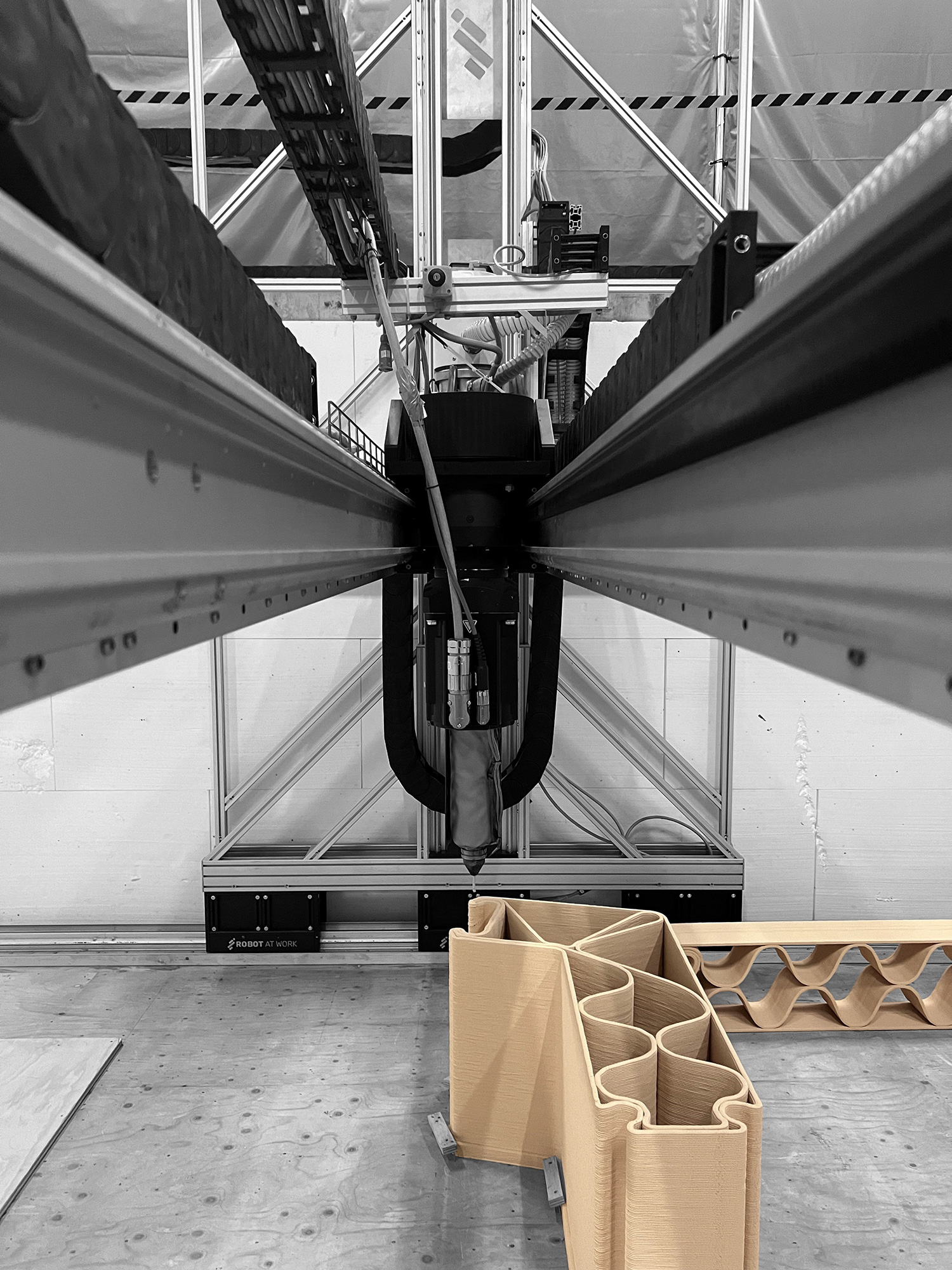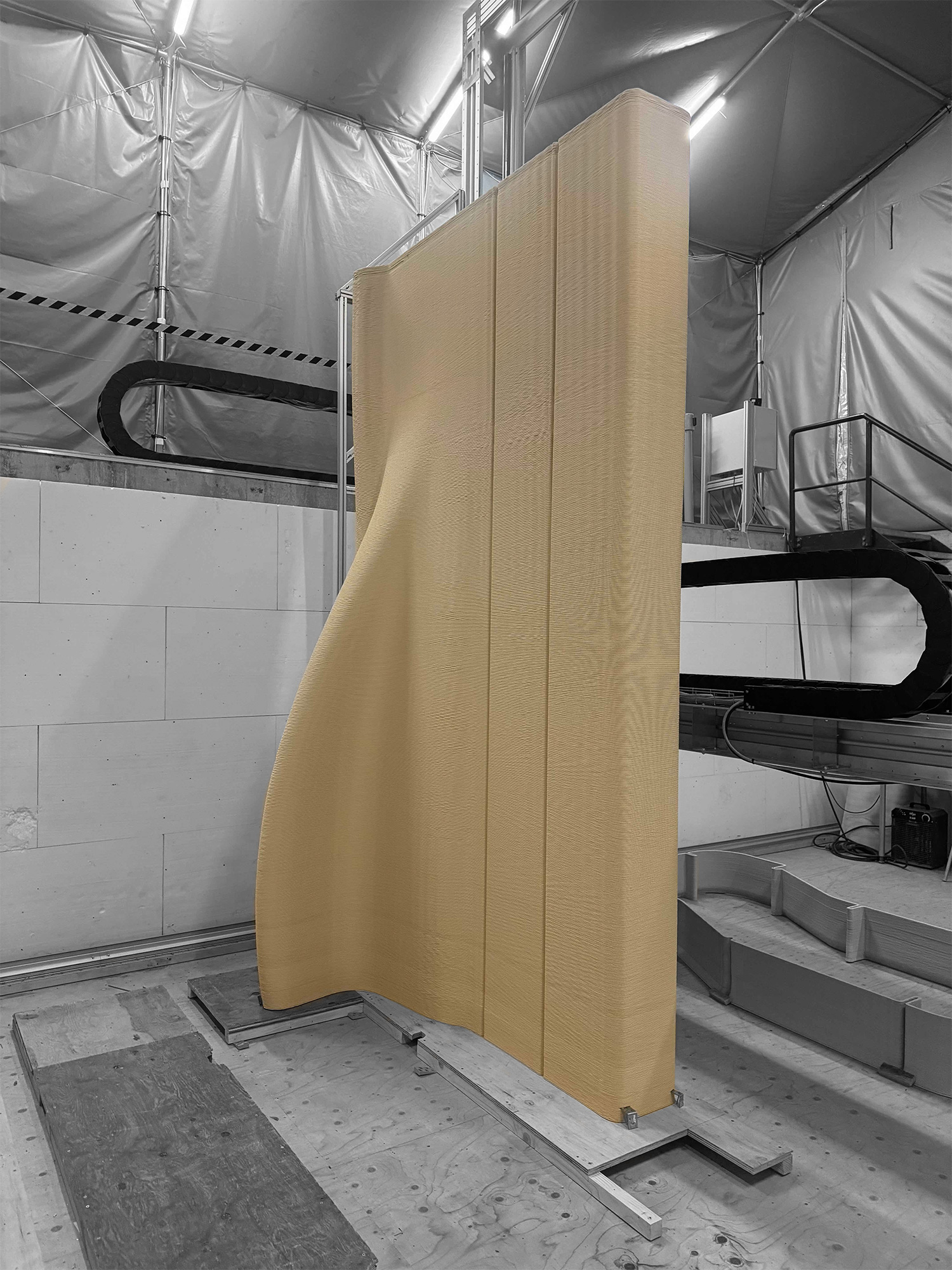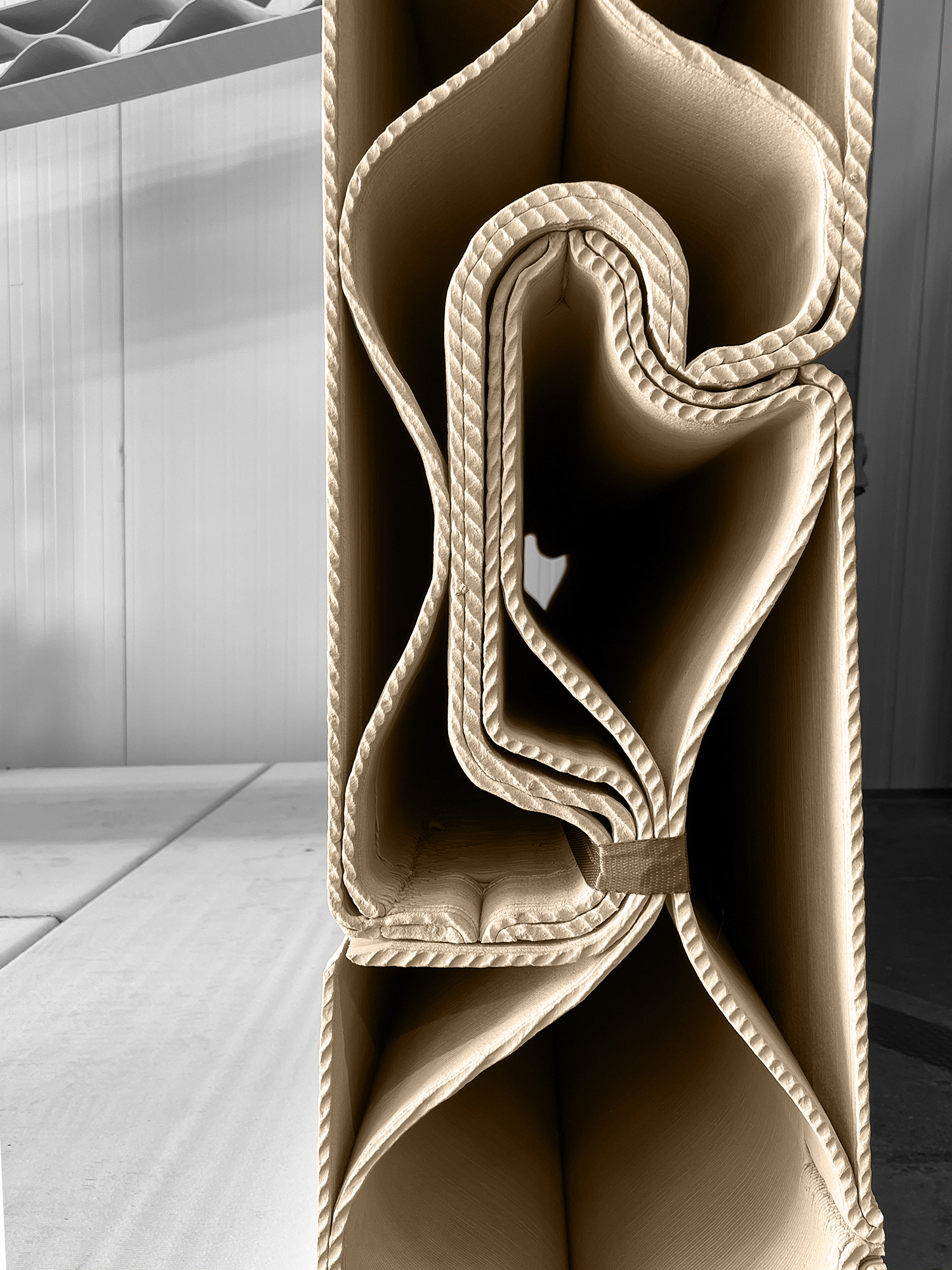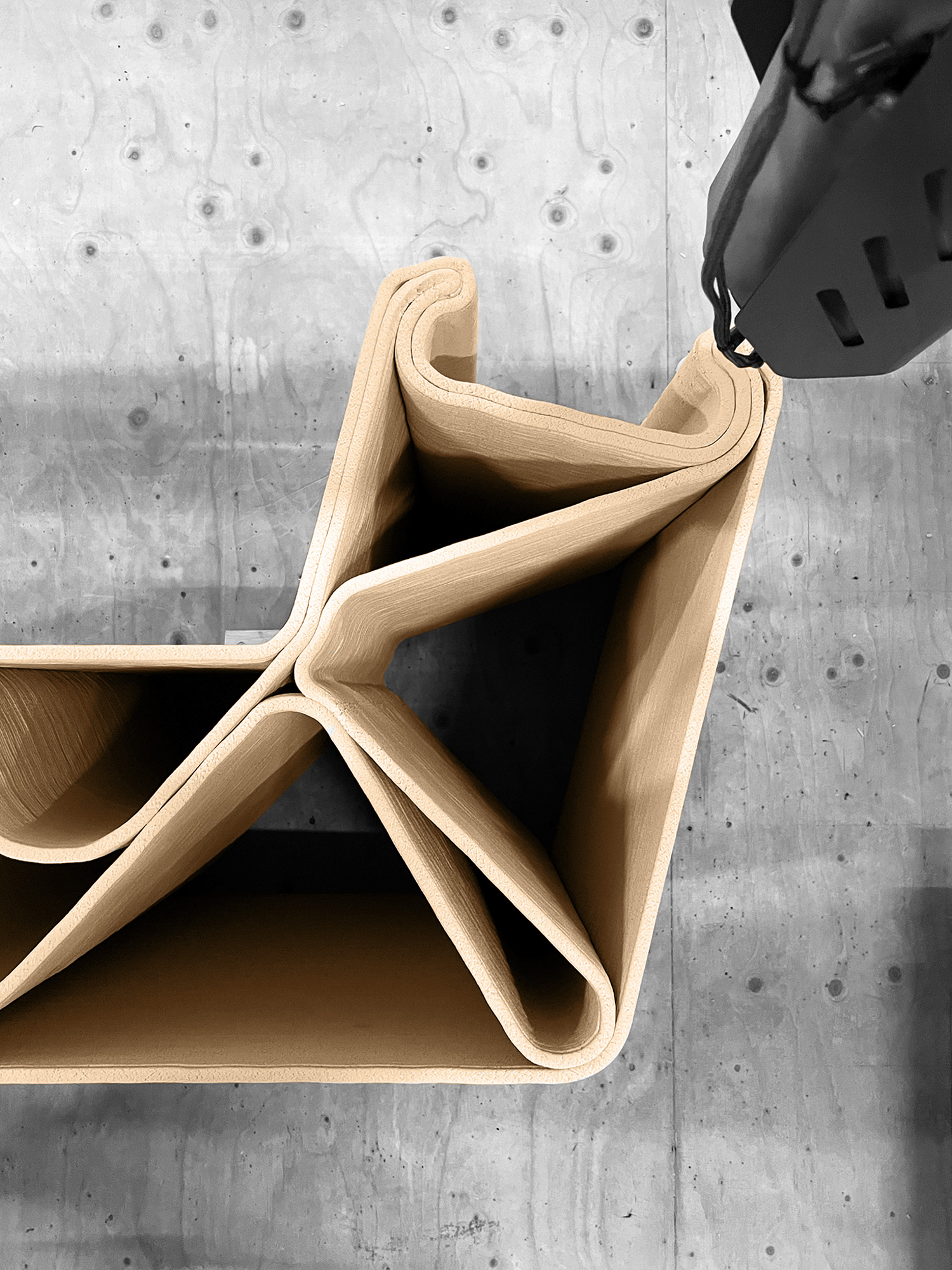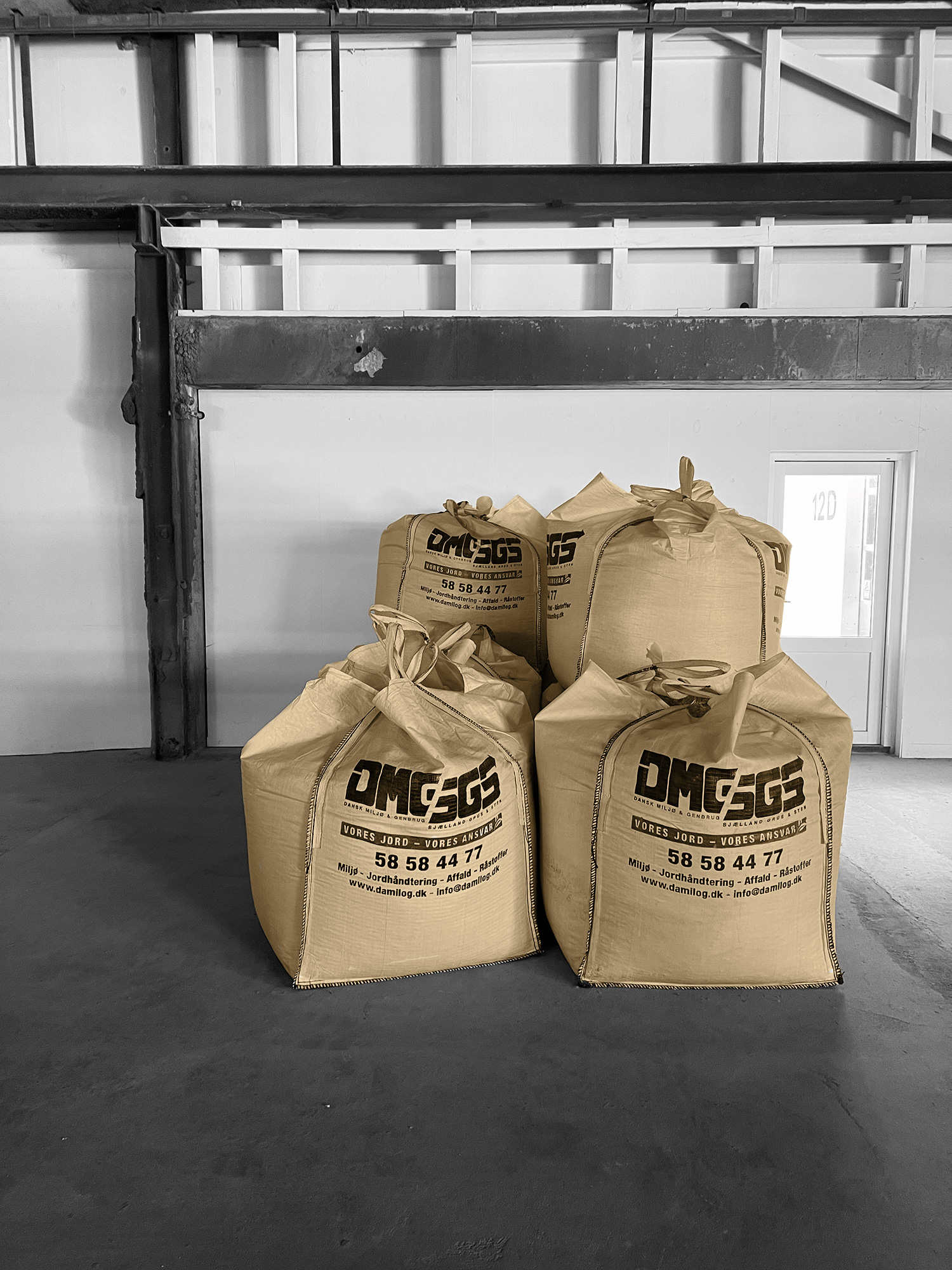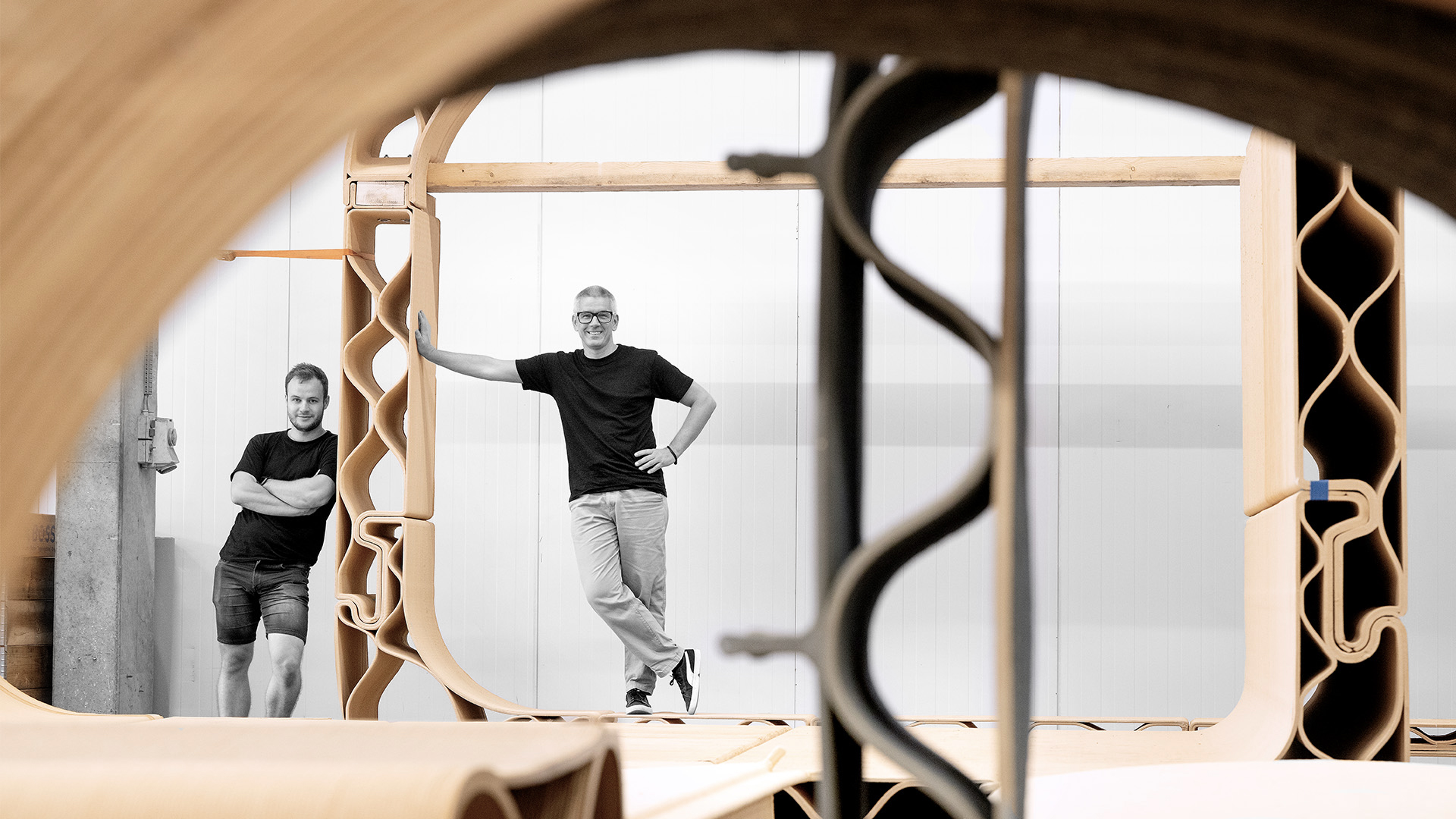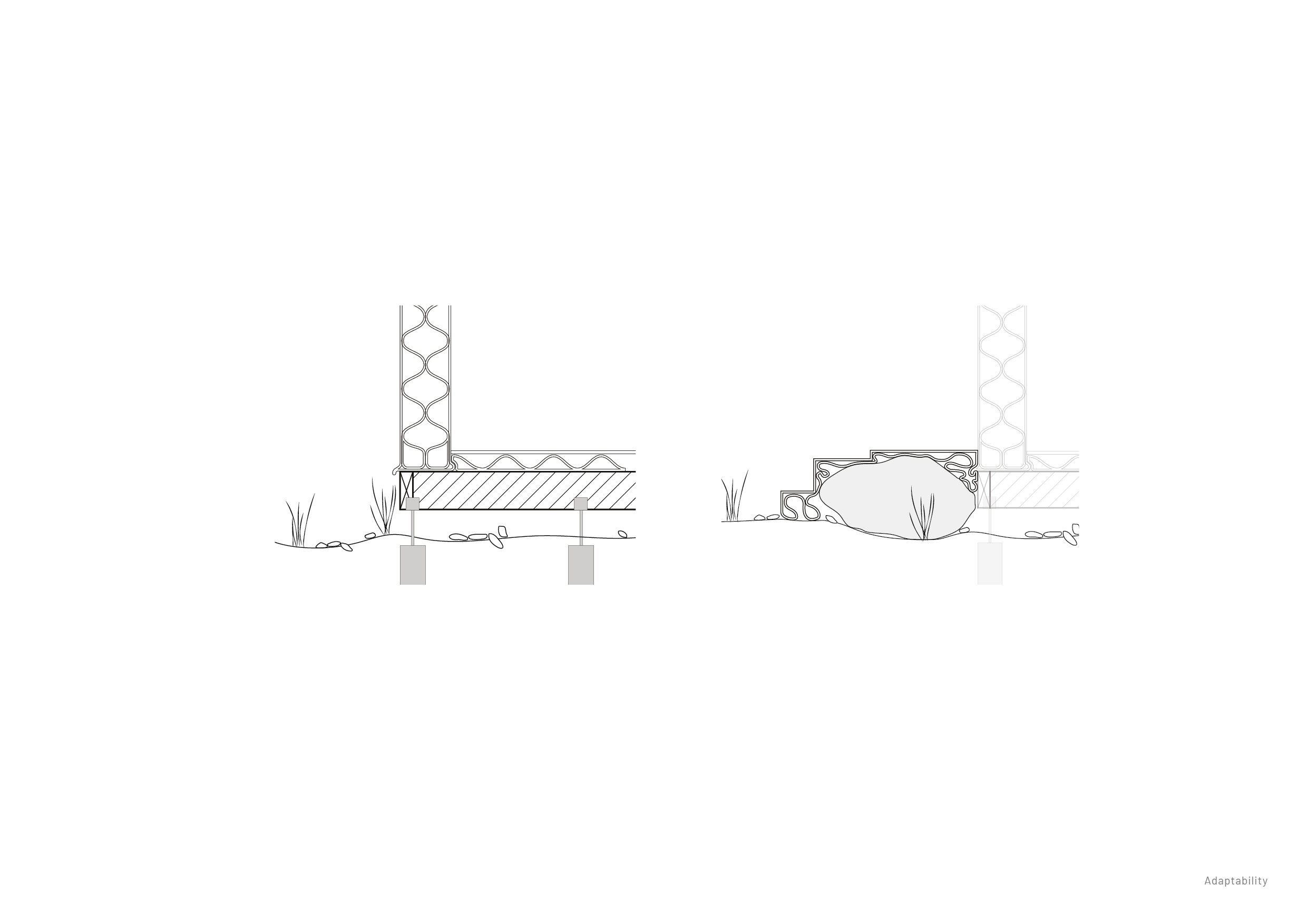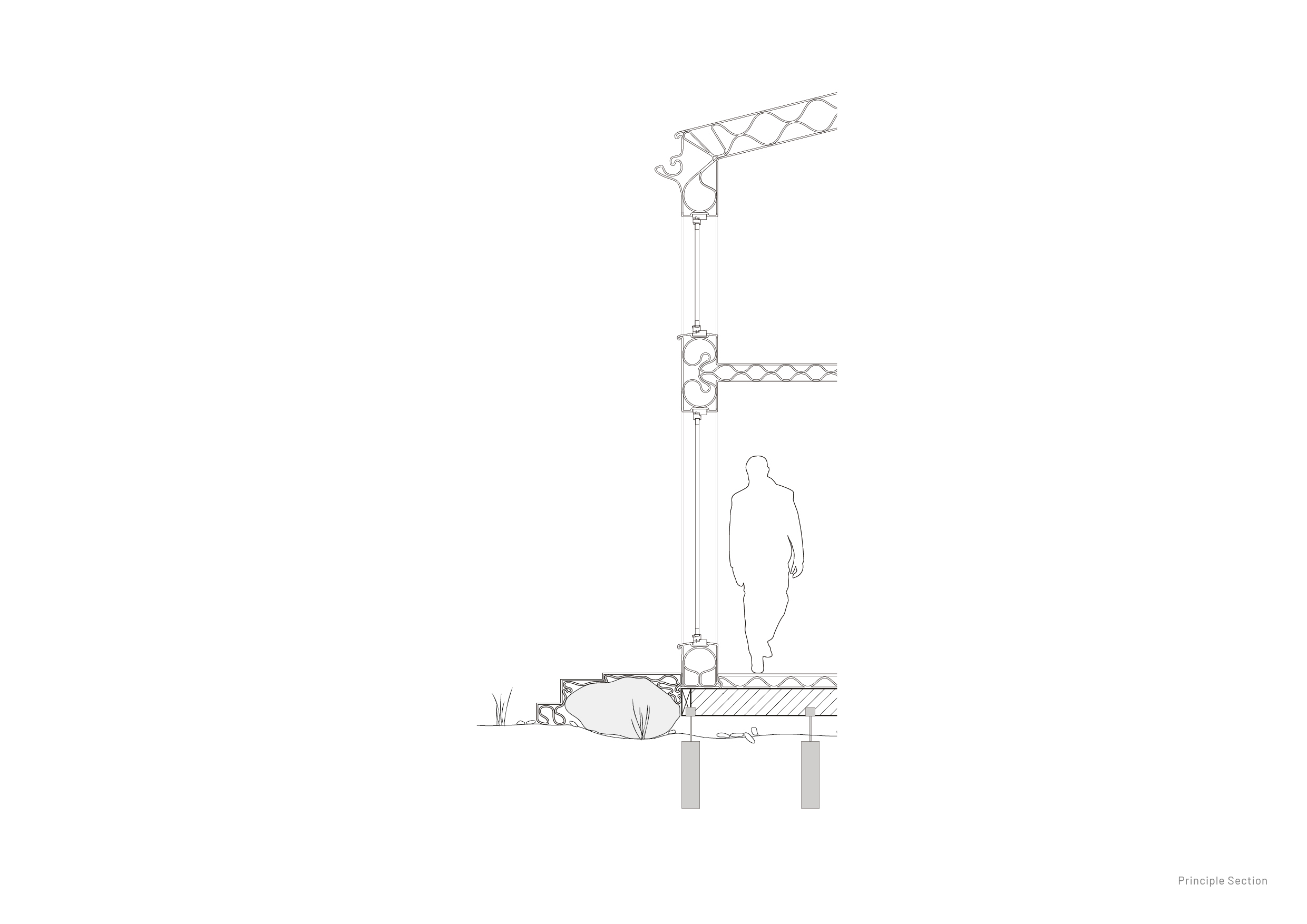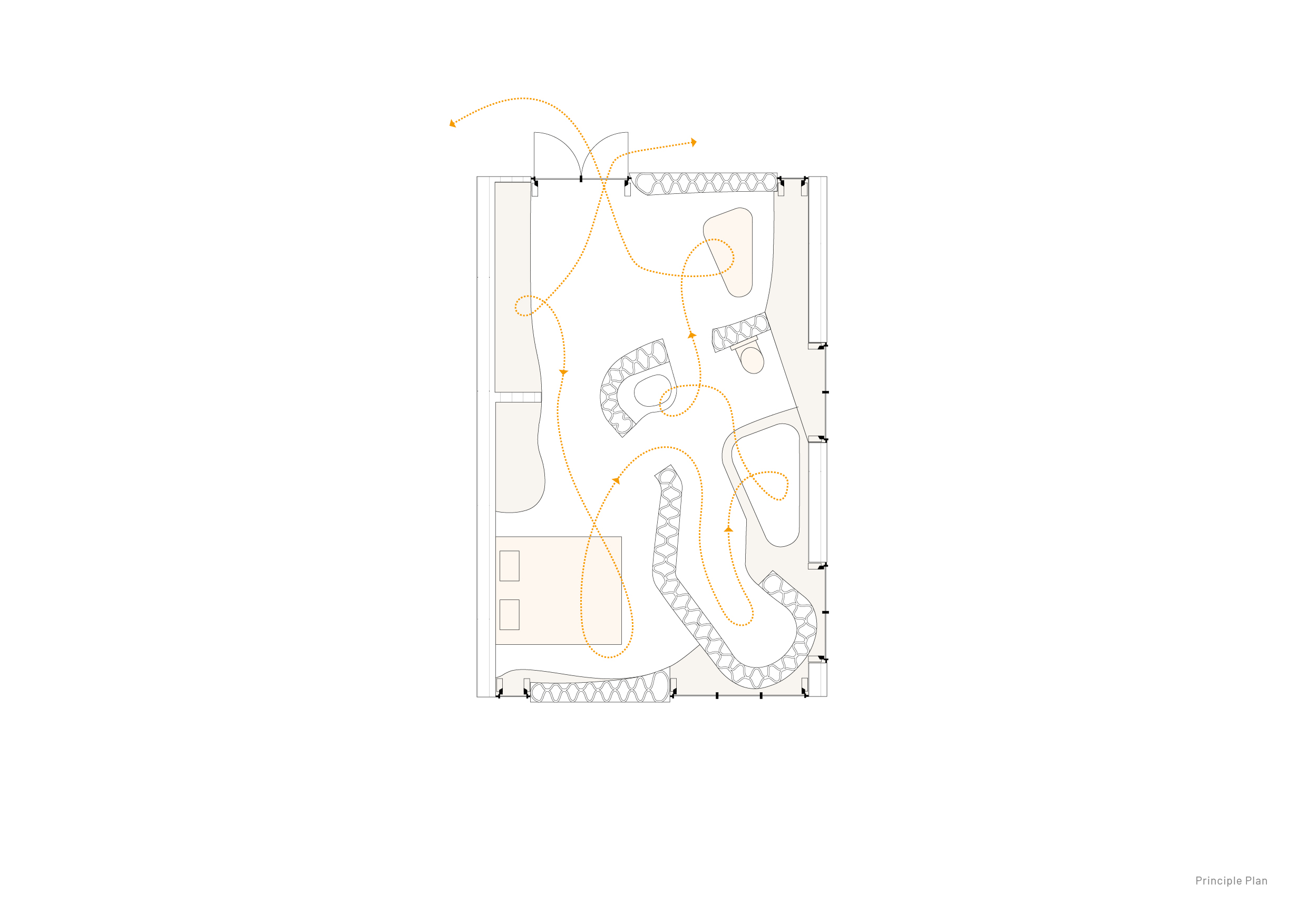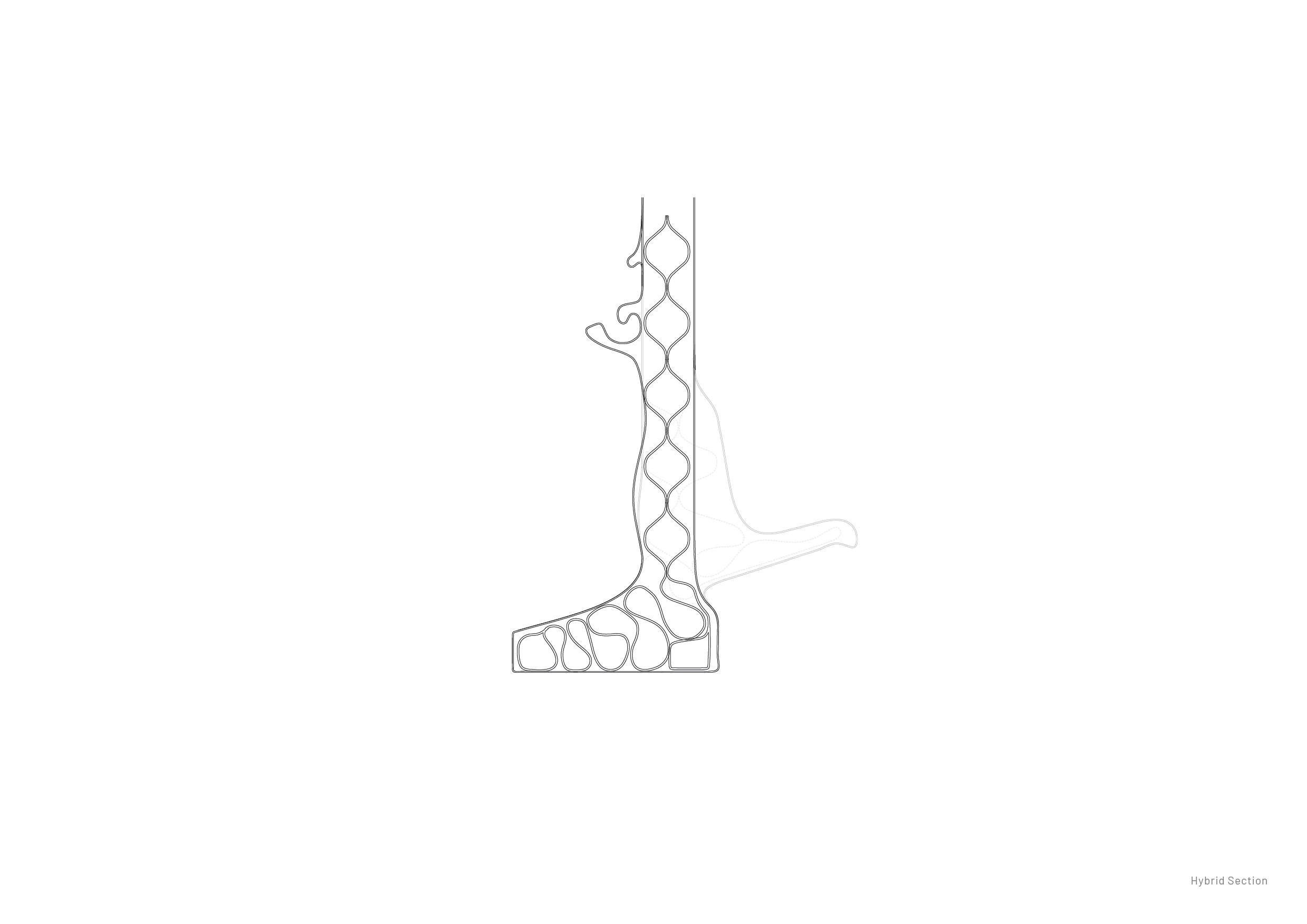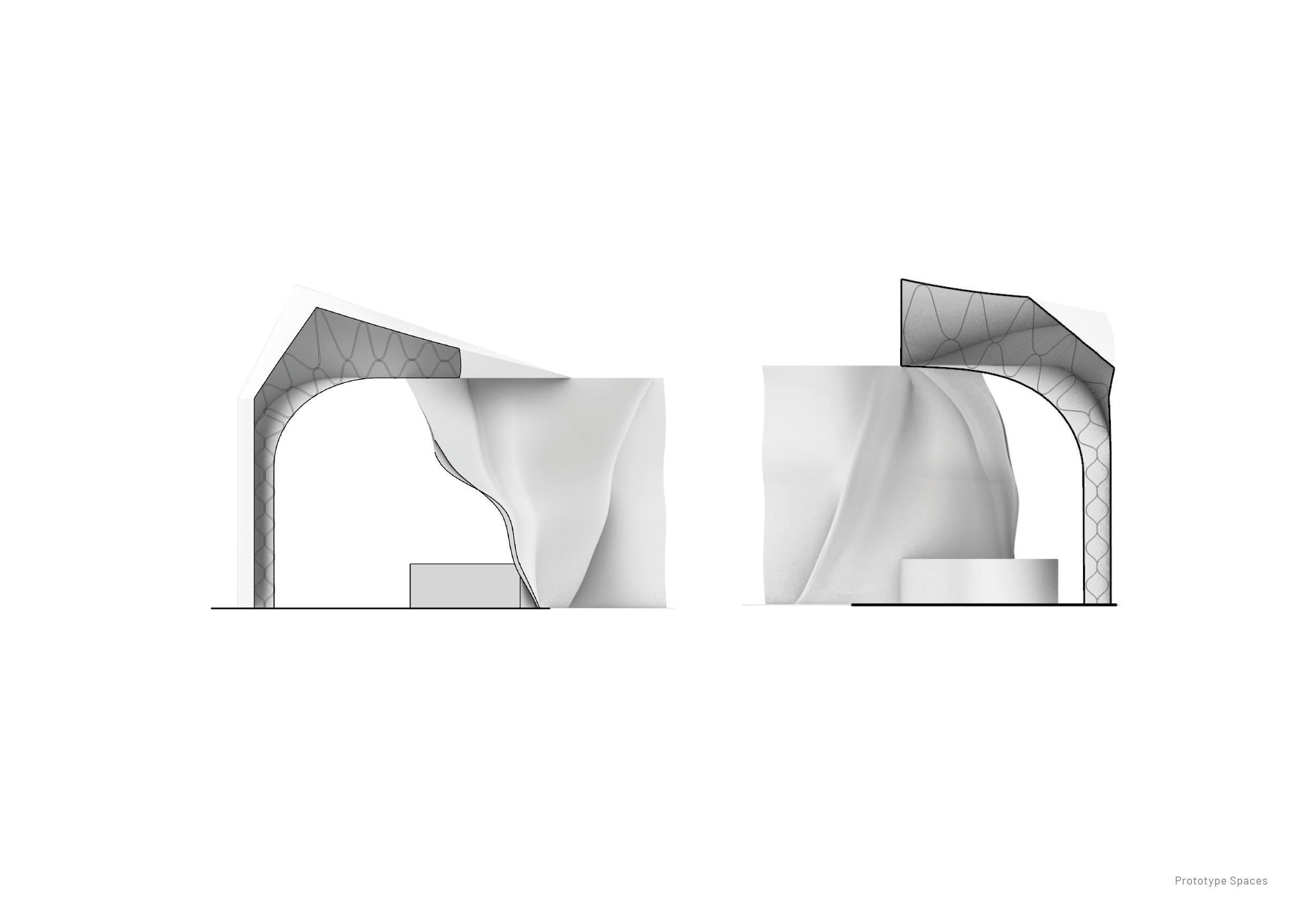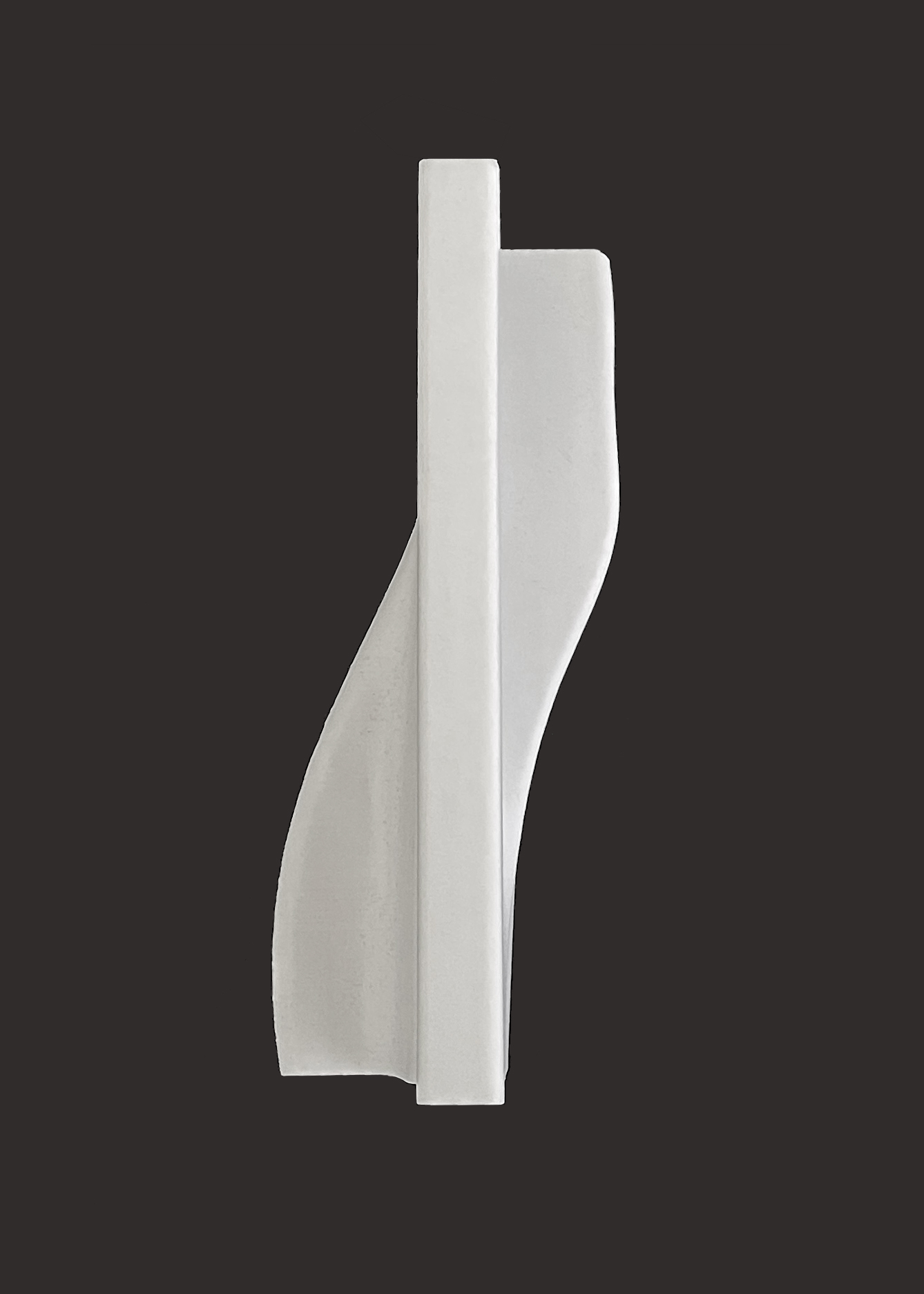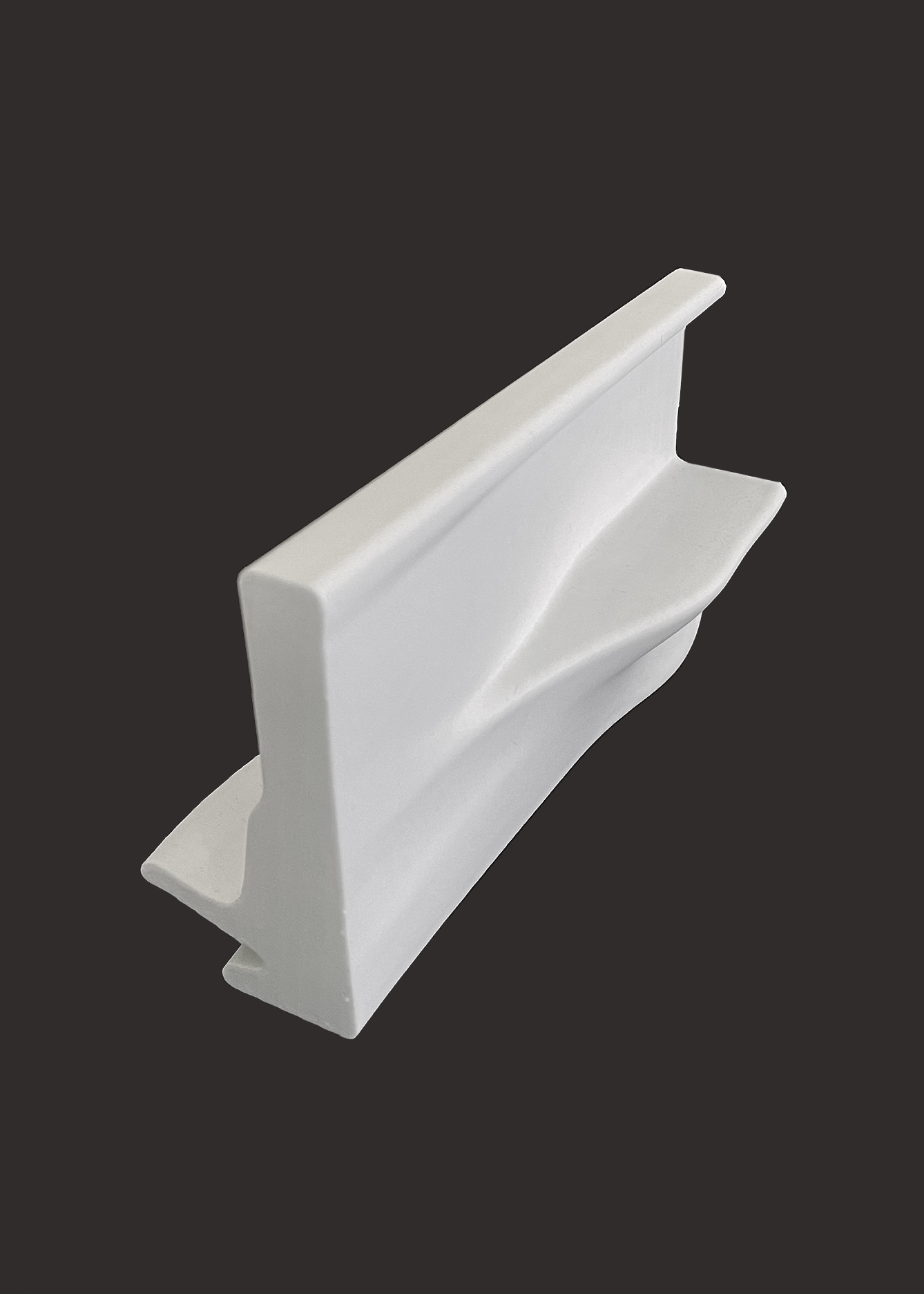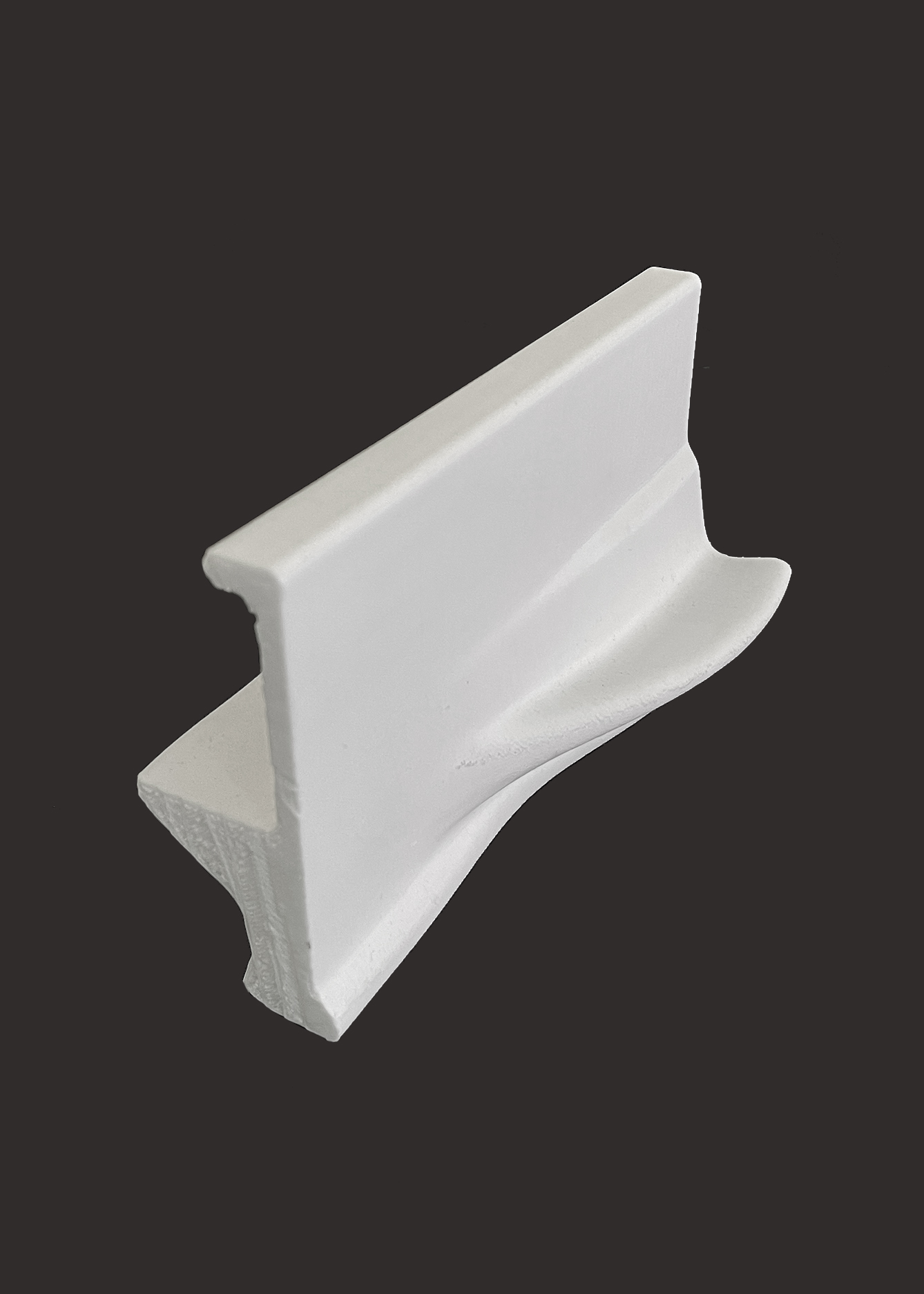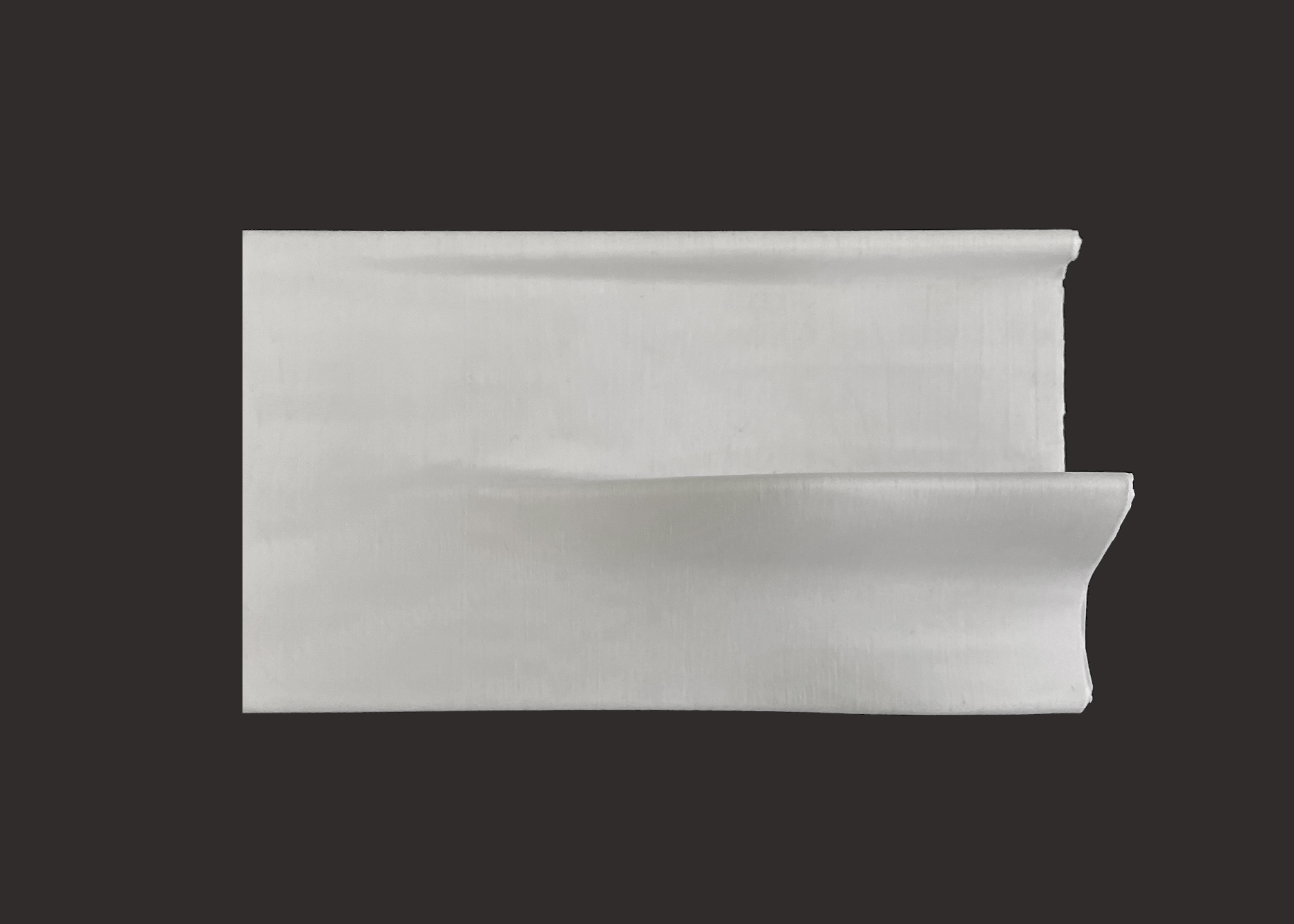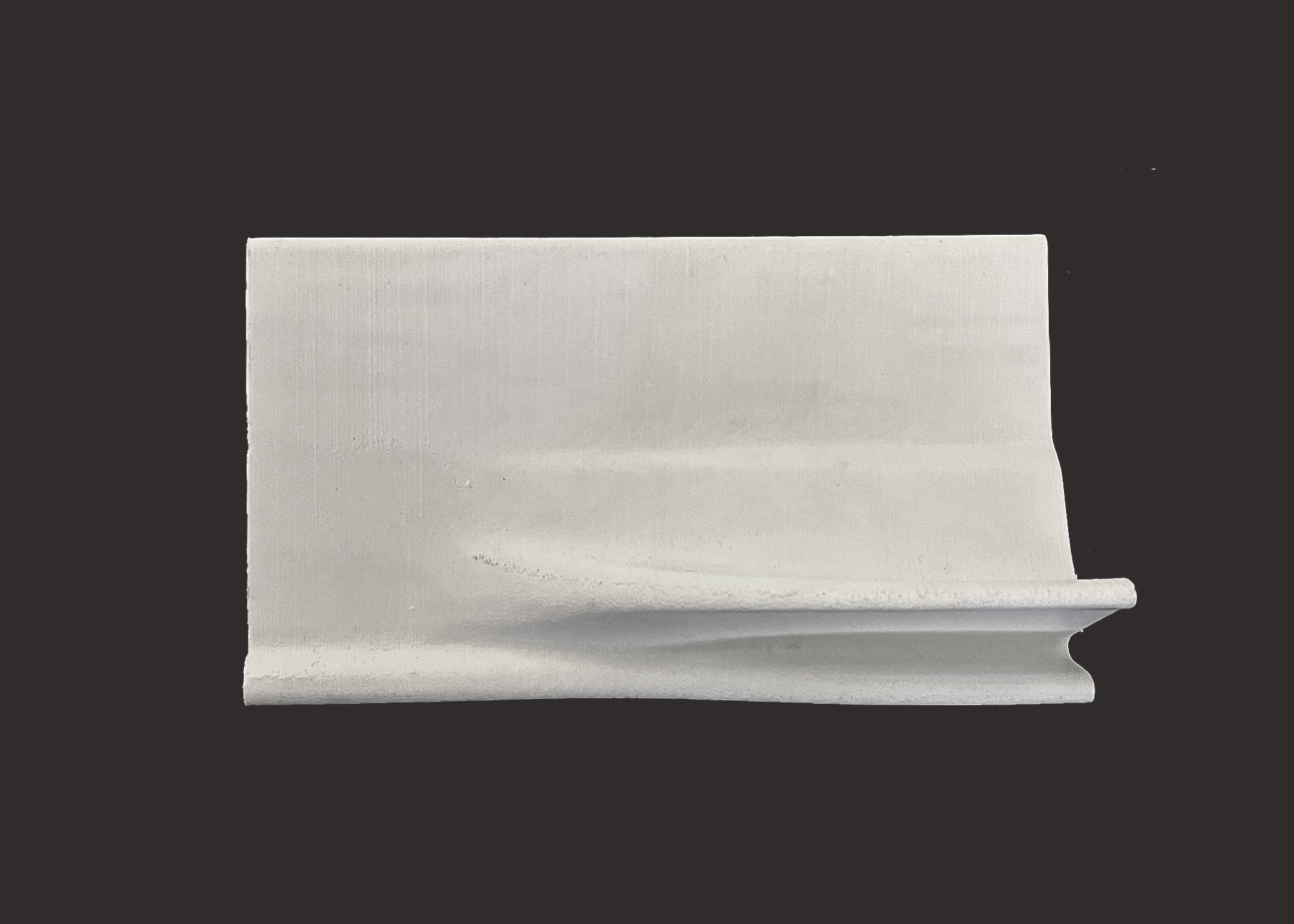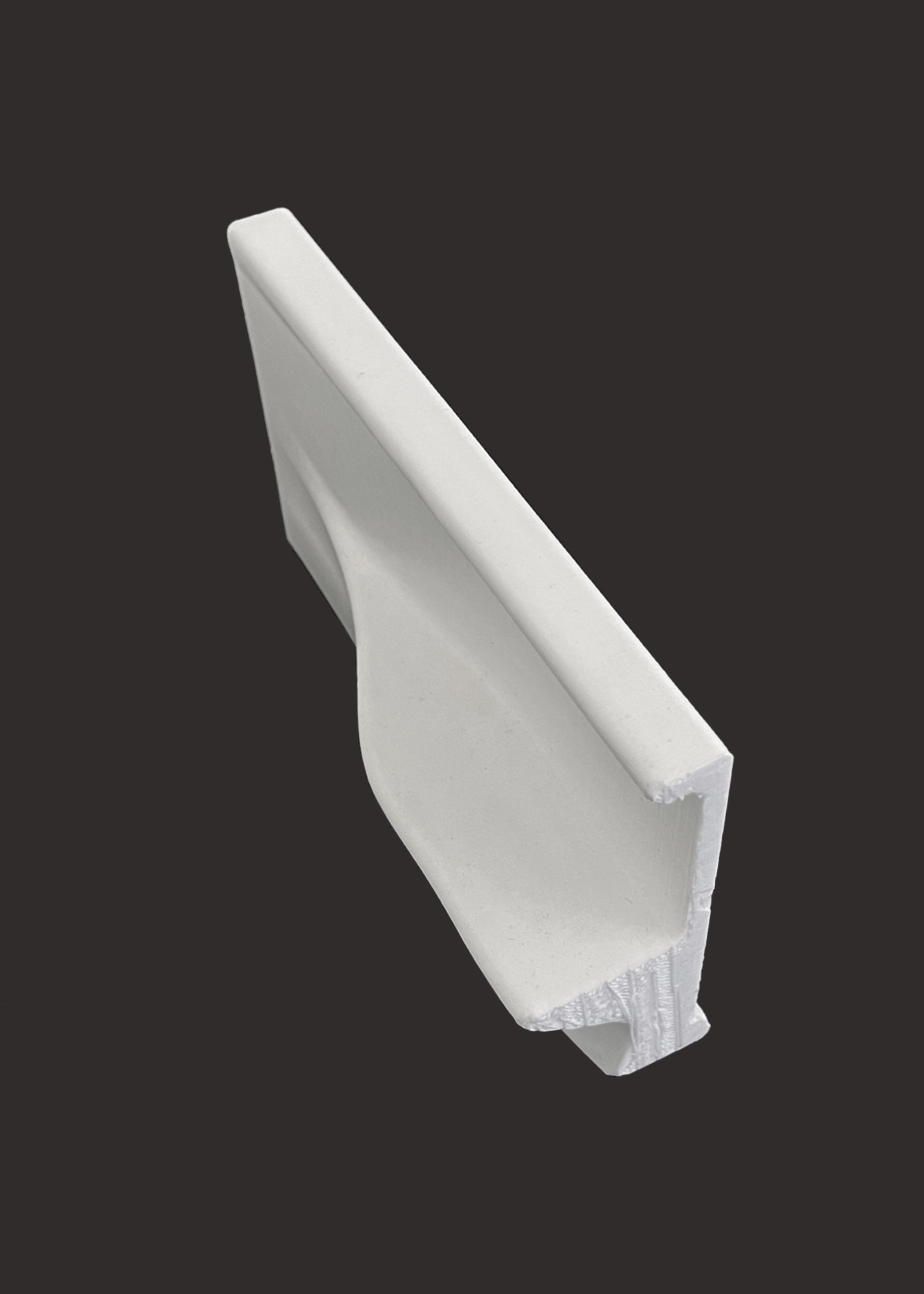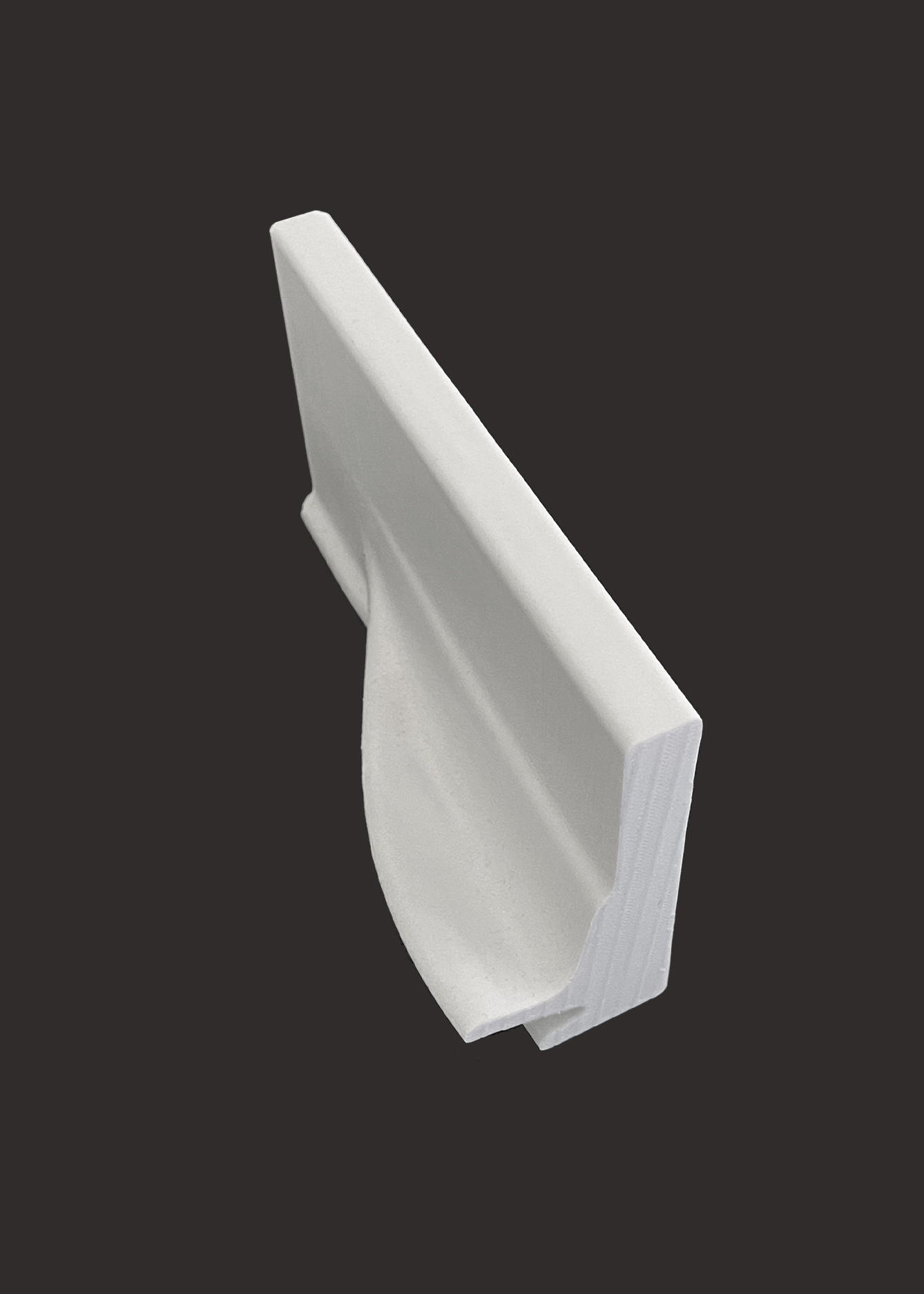-
How sustainable 3D printing might lead us to a new aesthetic paradigm
Aesthetics For A More Sustainable Future
Exploring the formal opportunities arising from the material and technological aspects of 3D printing based on recycled materials
This research explores the formal opportunities arising from the material and technological aspects of large-scale 3D printing with 100% recycled materials. The research aims to challenge the conventional understanding of the relationship between craftsmanship, aesthetics, and materials that characterises the current discussion on sustainable construction in the architecture and building industry. Making this challenge initiates possibilities for a radically decarbonised form of building enclosure.
As the world grapples with the urgent need to reduce carbon emissions and combat climate change, industries are seeking innovative ways to lower their environmental footprint. One such sector facing a significant challenge is the building industry.
3D printing offers new potentials to address these issues through its revolutionizing manufacturing and design processes, while at the same time it poses environmental concerns due to its reliance on traditional plastics and energy-intensive production. To address this dilemma, there is a growing imperative to find new materials that are both sustainable and suitable for 3D printing.
This study undertakes a critical gaze on the aesthetic potentials of large-scale 3D printing based on 100% up- and recycled materials. The study seeks to bring together these two fields— technology and aesthetics—in the interest of working toward a low-carbon future where aesthetic spatial qualities play a central role in construction
The project resulted in a prototype print, a hybrid structure between loadbearing wall, shelve and bench, as well as a report summarising the processes and considerations related to the research work.
To achieve the most comprehensive research, we initiated a collaboration between the Australian/Danish architecture firm TERROIR and the Danish 3D printing company WOHN. Both are experts in their respective fields, with Terroir specializing in architectural aesthetic spatial comprehension, and WOHN focusing on technology management and printing.
- TYPE Housing
- LOCATION Copenhagen | DK
- YEAR 2023 - 2024
APPROACH
By conducting concrete design and material investigations, the research project presents ways to work with a familiar but underutilized technology in the construction industry - circular large scale 3D printing. By testing the possibilities and limitations of large-scale 3D printing technology, the project challenge current assumption about the formal and material repertoire for a more sustainable architecture. Our thesis is that new formal and spatial possibilities arise when a fully recyclable material composition is assembled through large-scale 3D printing.
The research scope and objectives were to understand the aesthetic consequences of working with the material, the structure, and its production methods. The explorations were conducted through an iterative process involving the design and production of a series of physical elements at multiple scales. This iterative process allowed for the investigation of numerous aspects, such as the material’s morphological and plastic properties, surface treatments, structural characteristics, assembly systems, haptic and sensory characteristics, production principles, and much more.
